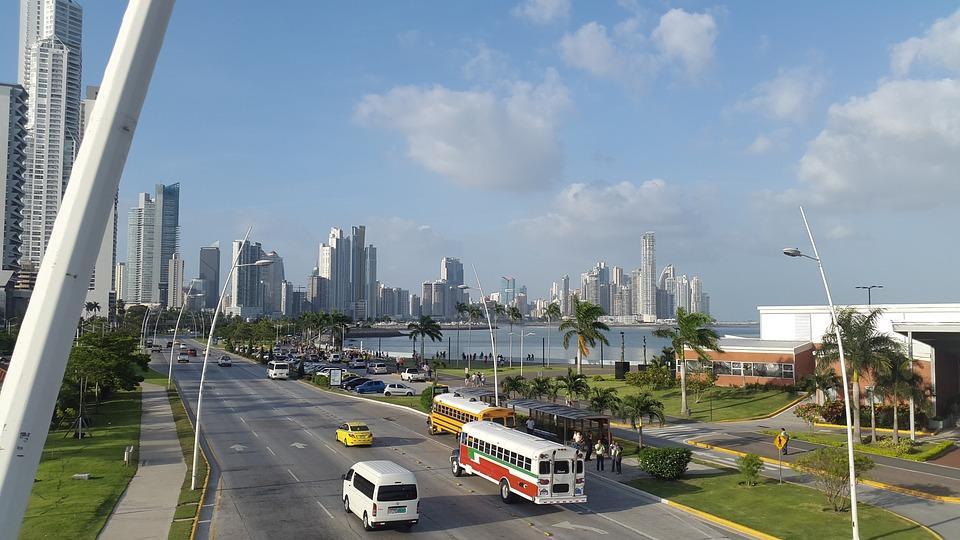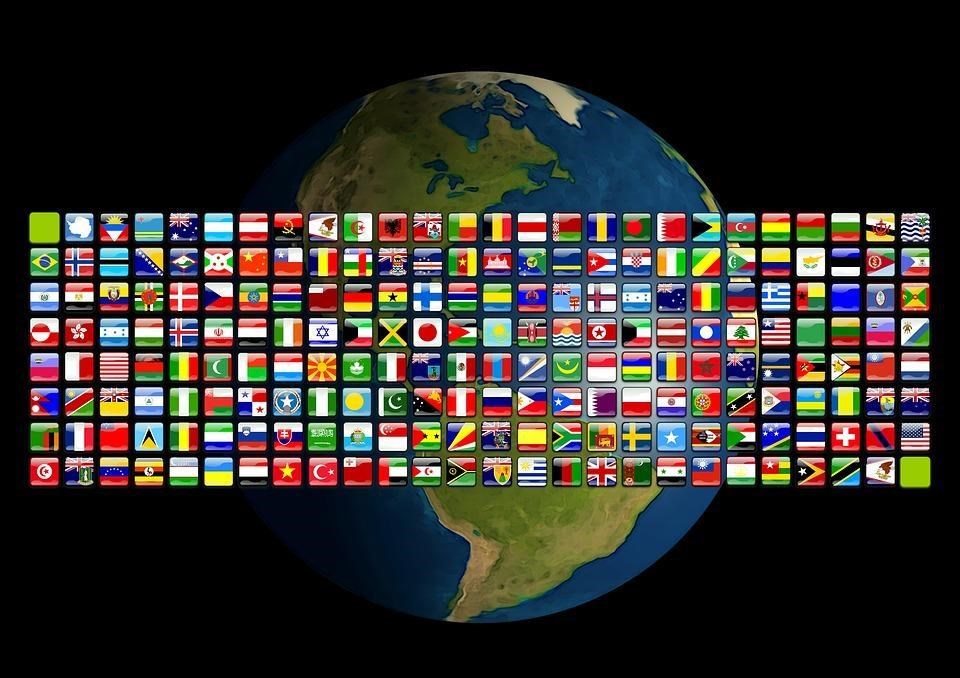Some flags are easily recognizable the world over—here's looking at you, United Kingdom—but others, not so much.
Whether it's a tiny nation whose flag you rarely see or a larger country with unusual iconography or a "special administrative region" that dodges categorization, there are plenty of world flags that fly under the radar. And that's not even counting the surprisingly similar flags, like the of Chad and Romania or Indonesia and Monaco.
How well do you really know your world flags?
You might think you can recognize them all—or at least the major world powers, anyway—but this slideshow quiz could prove otherwise.
Stacker compiled a list of 50 world flags as the ultimate test for trivia lovers.
See if you can guess which flag belongs to which nation before clicking through to the answer slide.
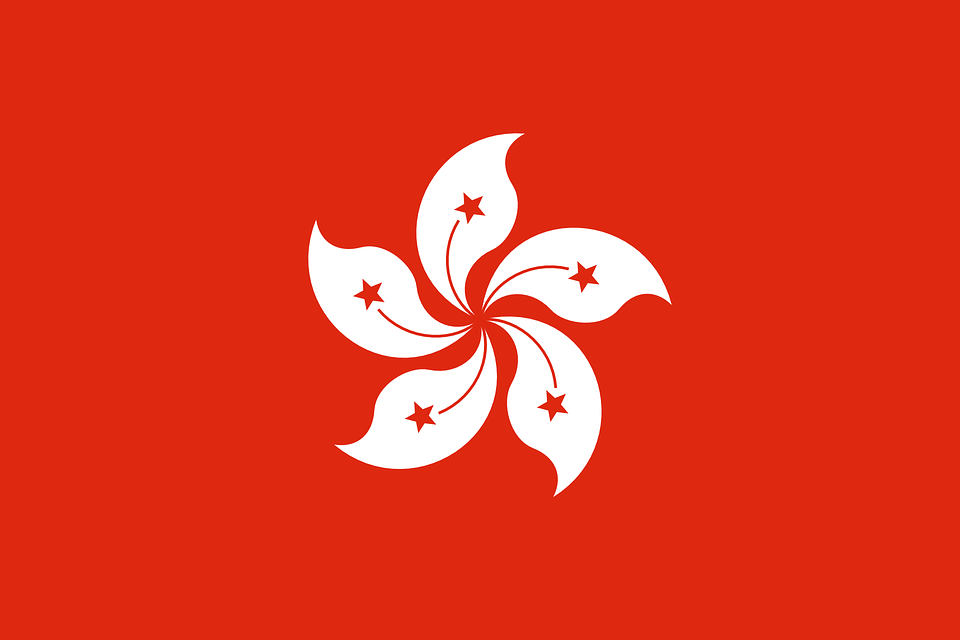
OpenClipart-Vectors // Pixabay
Country #1
Adopted in 1997, this flag features a white, five-petaled bauhinia flower in the centre of a red backdrop. The flower symbolizes harmony, and the colour red is also very important to the people of this "special administrative region."

Free-Photos // Pixabay
Hong Kong
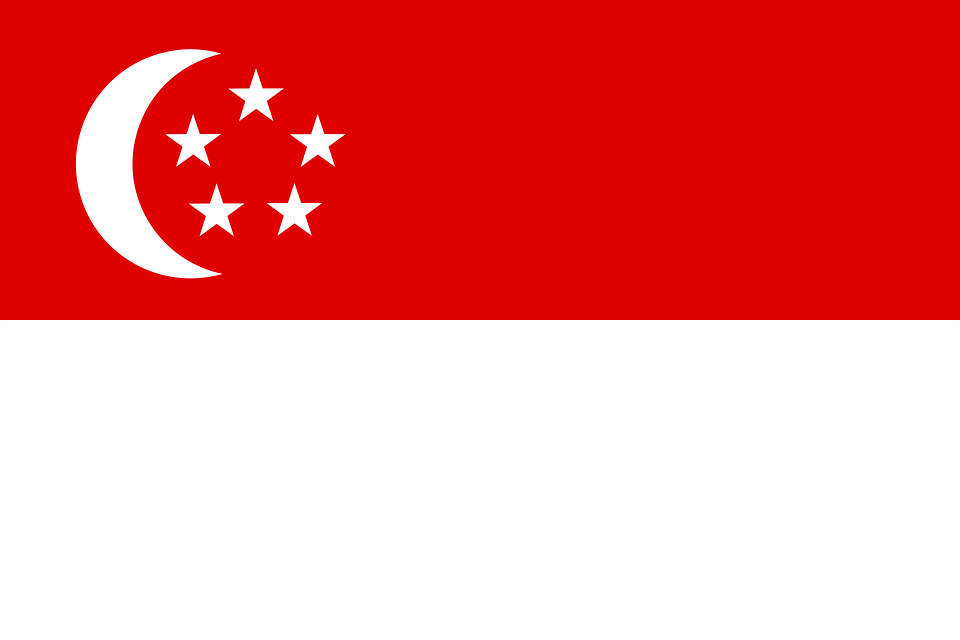
Clker // Pixabay
Country #2
The color red also features prominently on this country's flag, which also has a crescent moon in the upper left corner. The moon symbolizes growth and progress—two things this relatively young country needed to thrive.

JohnsonGoh // Pixabay
Singapore
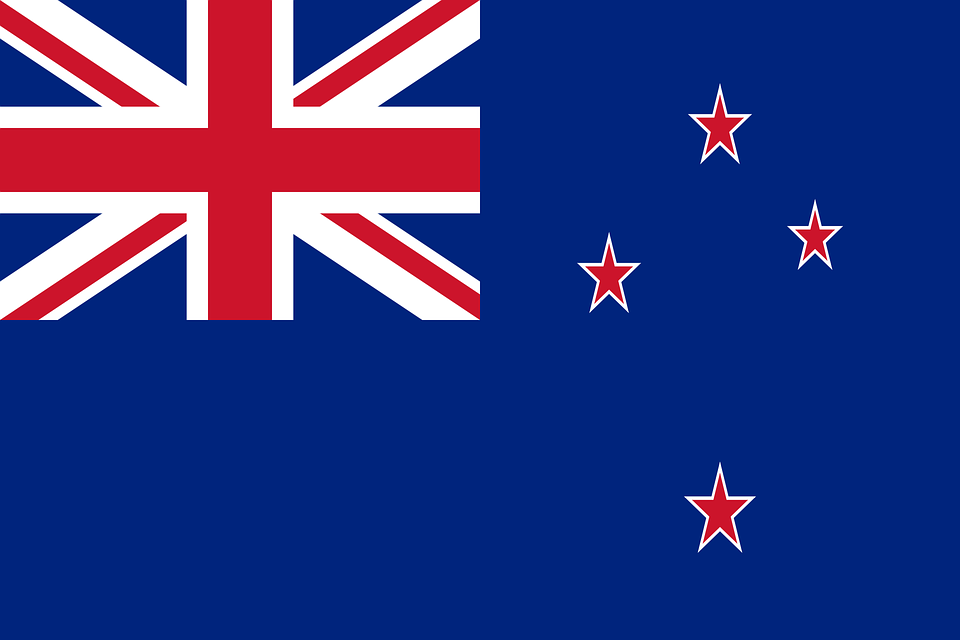
OpenClipart-Vectors // Pixabay
Country #3
This country's flag actually has a smaller flag—hat off to the United Kingdom—within it. The constellation Southern Cross also appears against the royal blue background.

Holgi // Pixabay
New Zealand
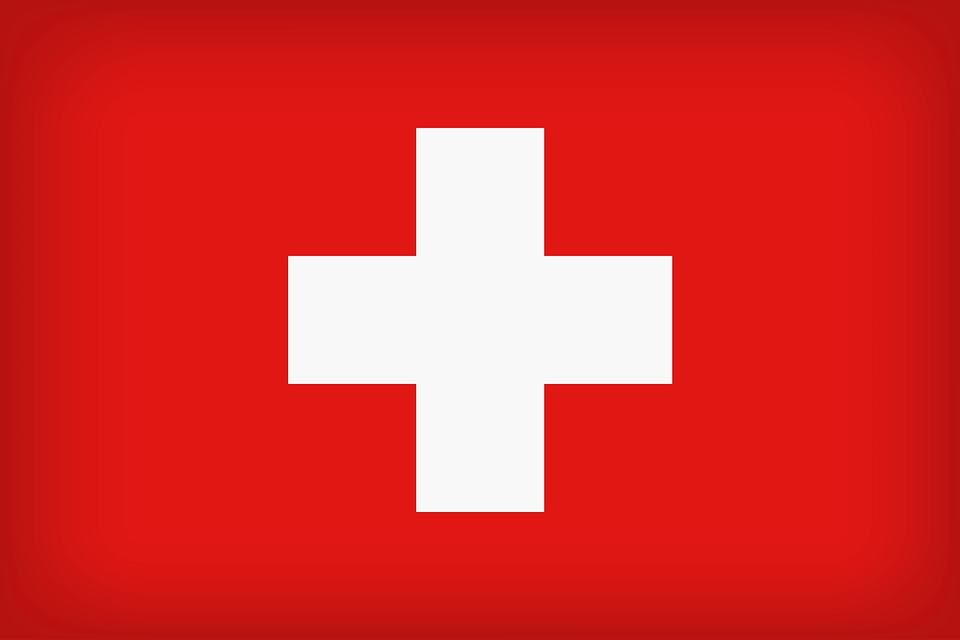
paulbr75 // Pixabay
Country #4
You might recognize this country's flag from a well-known brand of pocket knives. The white cross on a red backdrop is one of the best-known flags and takes inspiration from the war flag of the Holy Roman Empire.
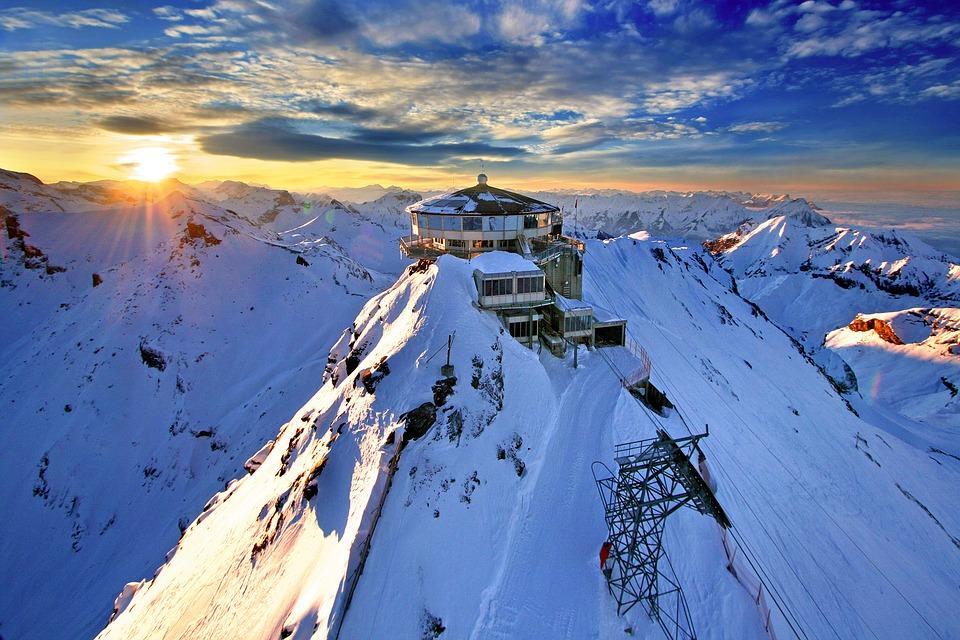
Julius_Silver // Pixabay
Switzerland
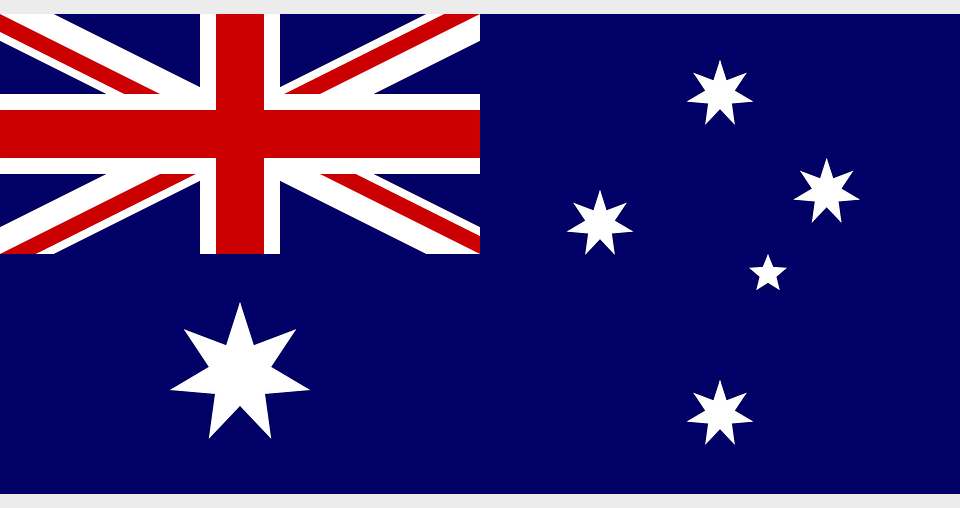
Clker // Pixabay
Country #5
A member of the public came up with the design for this country's flag in a nationwide competition in 1901. Like New Zealand's flag, the Southern Cross and Union Jack make an appearance here, but there's also a symbolic seven-pointed star.
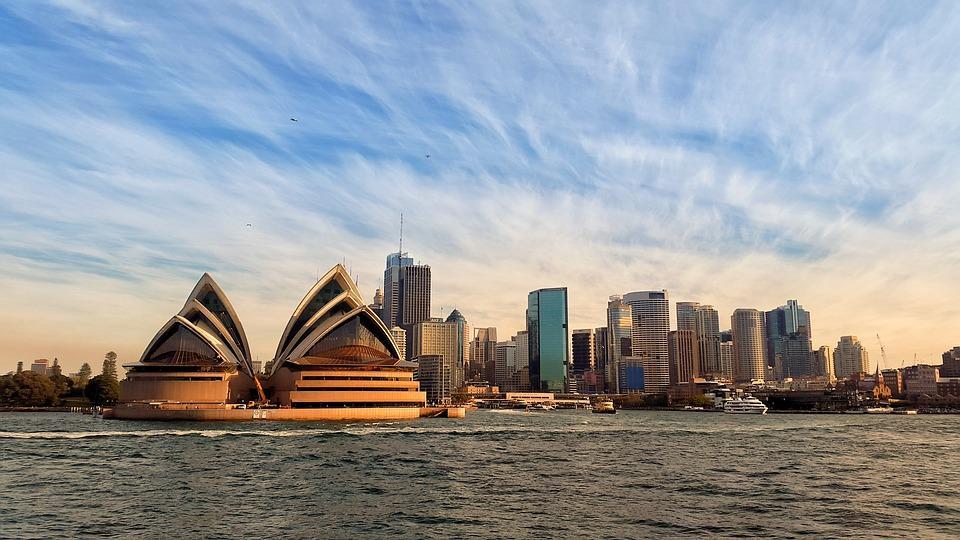
Simon // Pixabay
Australia
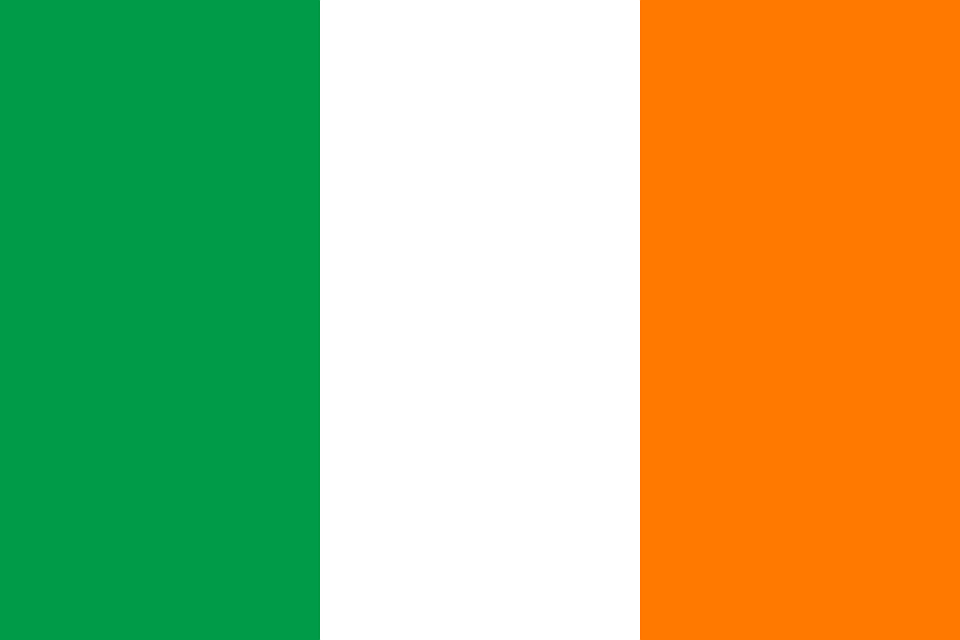
OpenClipart-Vectors // Pixabay
Country #6
Though this European country has cycled through at least three other unofficial flags during its long history, this tricolour green, white, and orange flag has been in partial use since at least 1848.

MemoryCatcher // Pixabay
Ireland
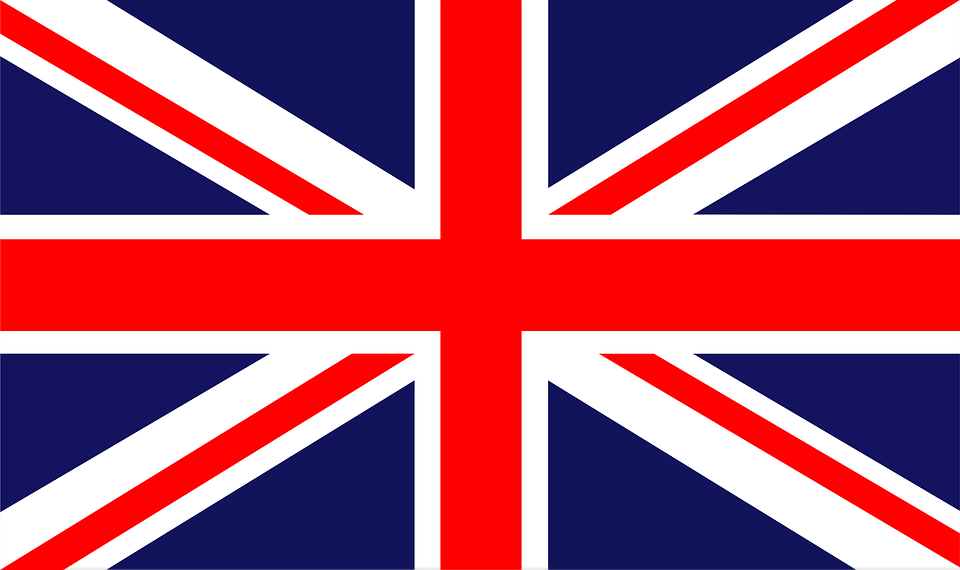
Clker // Pixabay
Country #7
Three crosses symbolizing Scotland, England, and Ireland form the basis of this highly recognizable flag, known colloquially as the Union Jack.
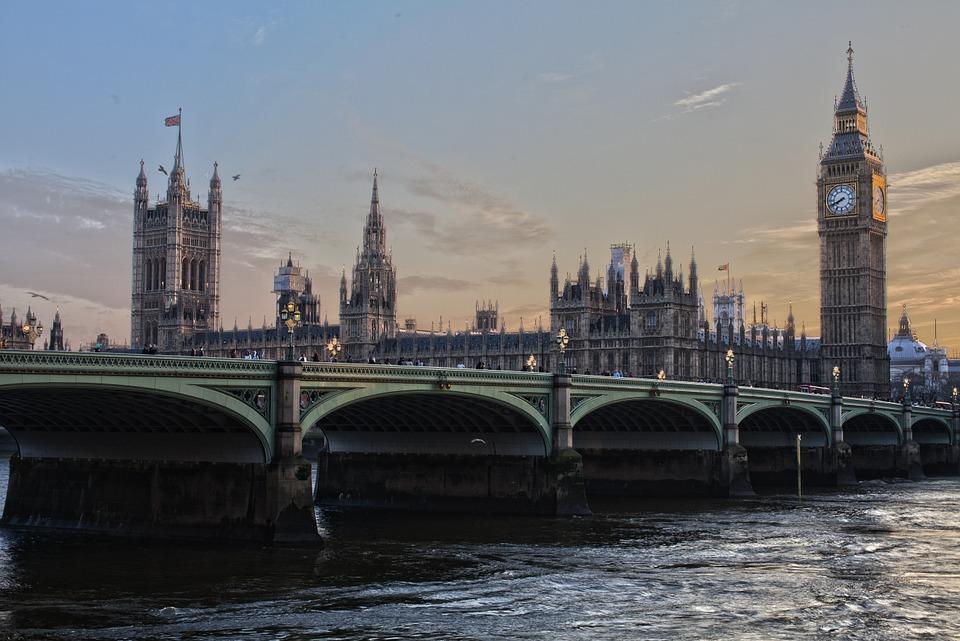
derwiki // Pixabay
United Kingdom
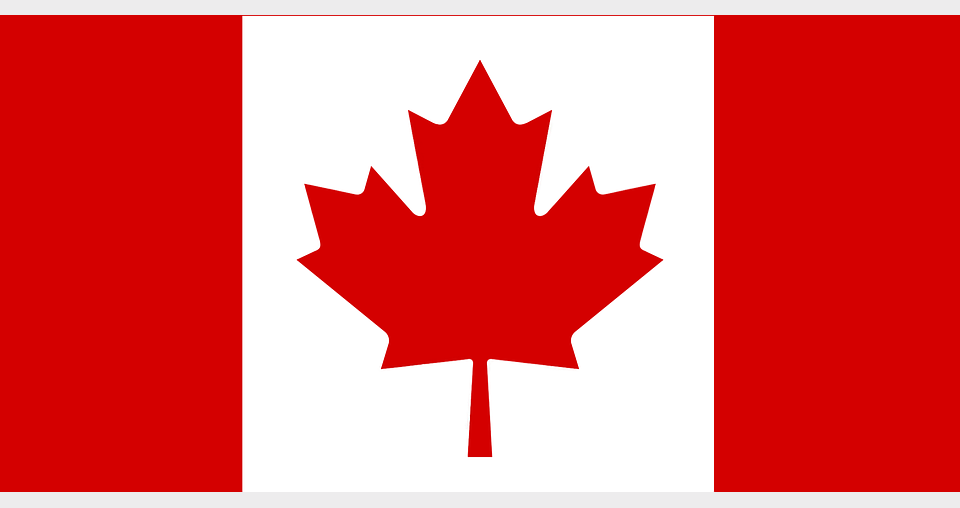
deMysticWay // Pixabay
Country #8
Though the Union Jack and other British flags flew over this country for many years, it eventually adopted its current red and white flag in 1965. The maple leaf has long been a national symbol, while the choice of the colour red reflects this country's sacrifice during the First World War.

thomaszbinden // Pixabay
Canada
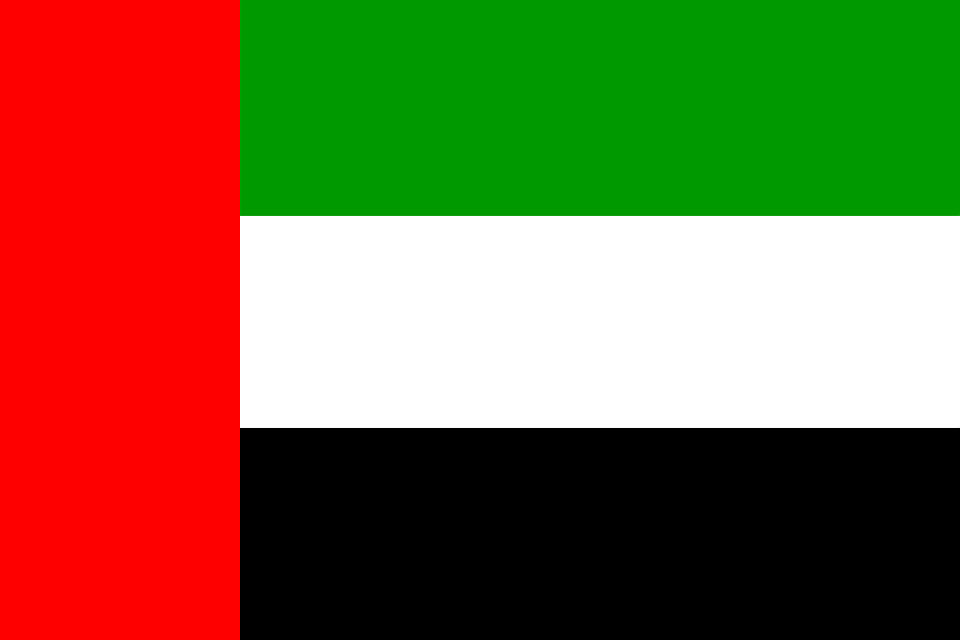
Clker // Pixabay
Country #9
When six Middle Eastern states unified as one nation in 1971, the new country adopted this banner of red, white, black, and green. The colour choices hailed from each of the member states' previous flags.
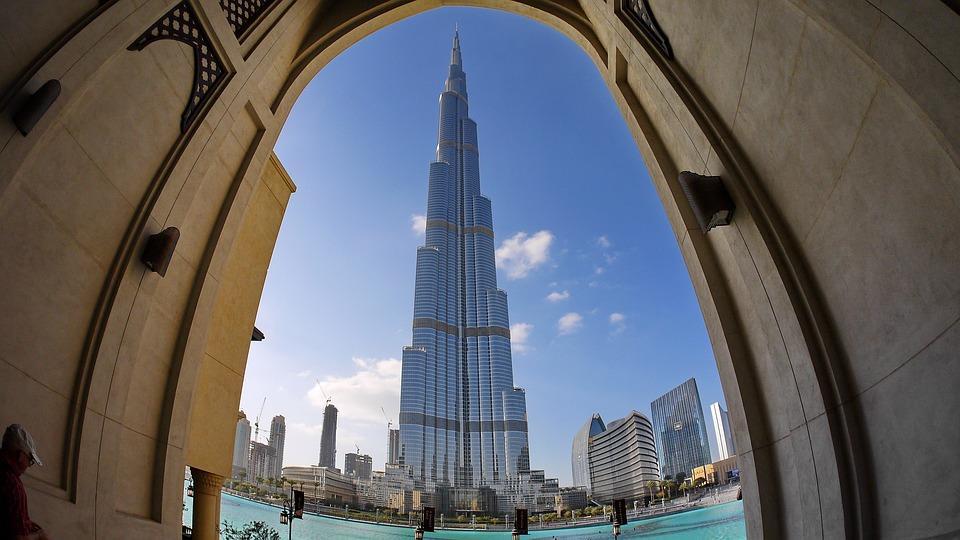
BS1920 // Pixabay
United Arab Emirates
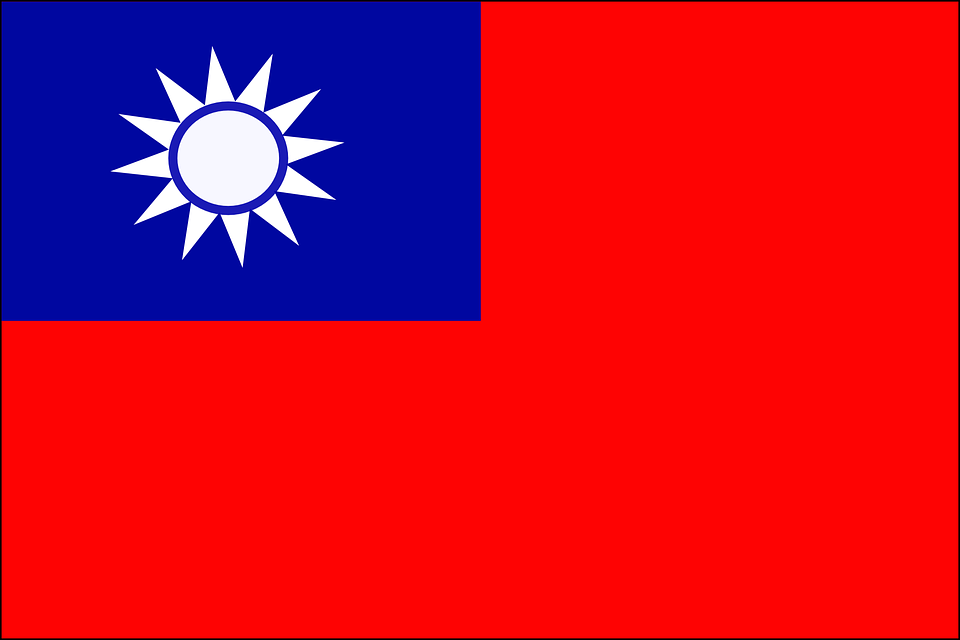
Clker // Pixabay
Country #10
When Chiang Kai-shek rose to power in 1928, his followers created a new flag featuring a red field with a blue corner and stylized white sun. Today, the flag only flies over this island.

Pexels // Pixabay
Taiwan
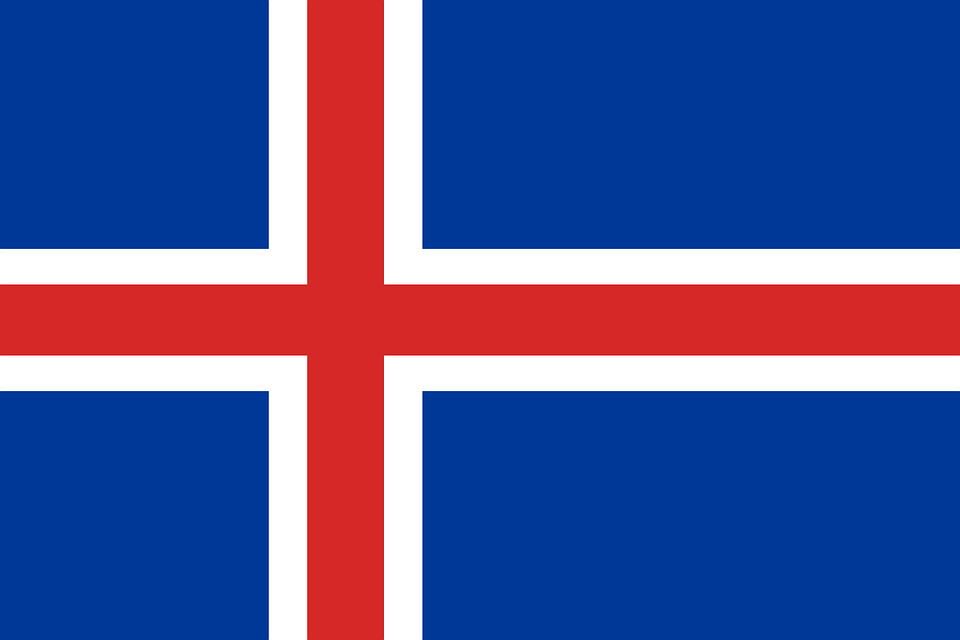
OpenClipart-Vectors // Pixabay
Country #11
This flag was created while its country was still under Danish rule in the early 20th century, which is why the red cross was added. After this country became its own republic in 1944, the blue background was darkened.
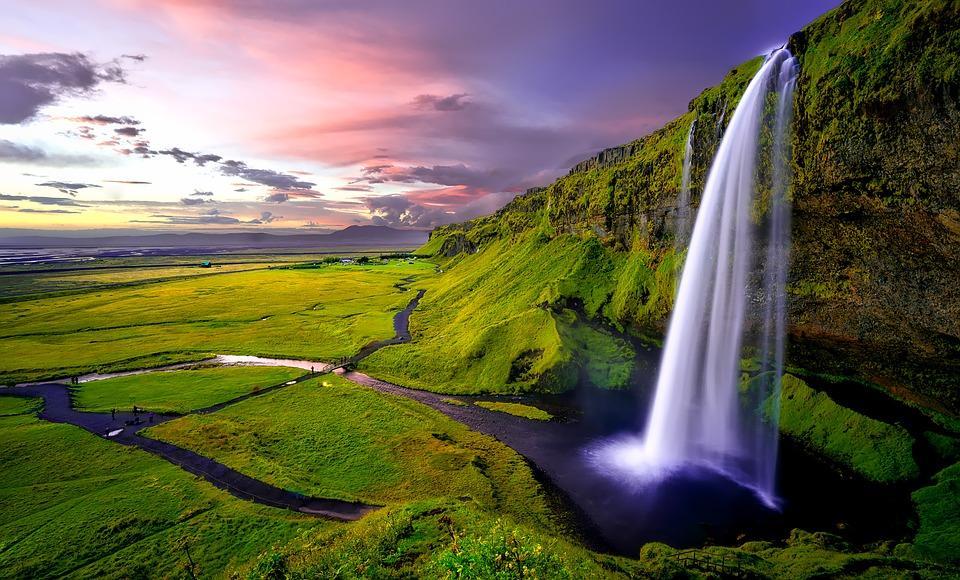
12019 // Pixabay
Iceland
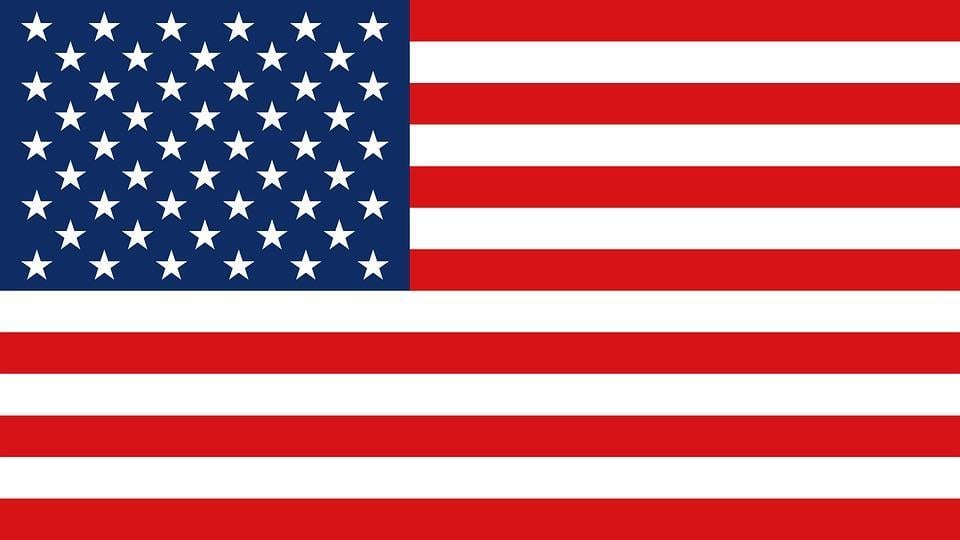
Webflippy // Pixabay
Country #12
Though legend has it that Betsy Ross sewed this country's first flag, experts say that most likely isn't true. The 13 horizontal stripes represent the country's original colonies, while the 50 stars represent its states.
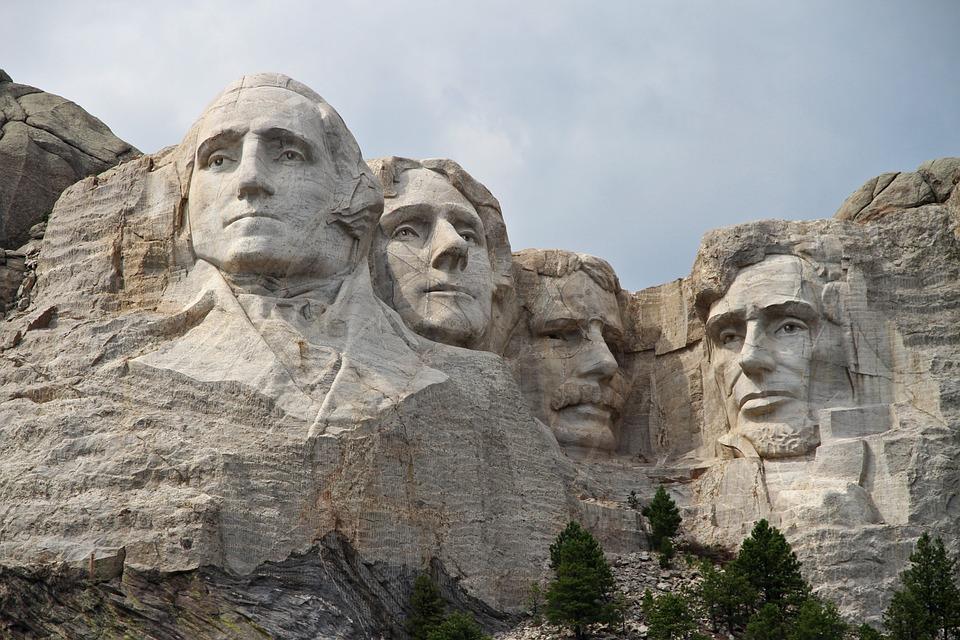
desilia // Pixabay
United States
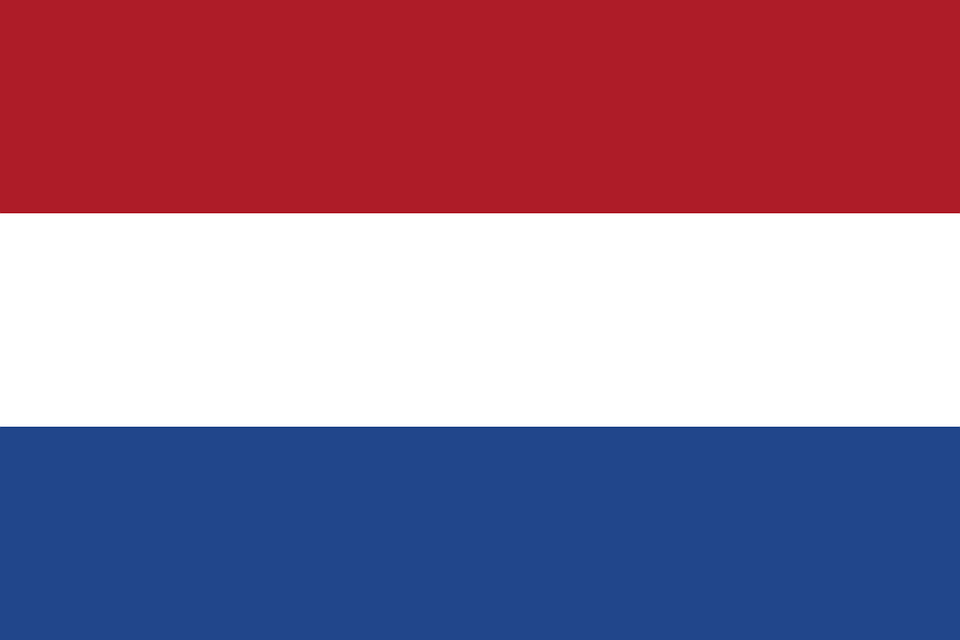
OpenClipart-Vectors // Pixabay
Country #13
William I—the first king of this country—honoured his title of Duke of Orange with the original colour choices in the flag: blue, white, and orange. By 1660, the orange had changed to red, but the overall design remained the same.
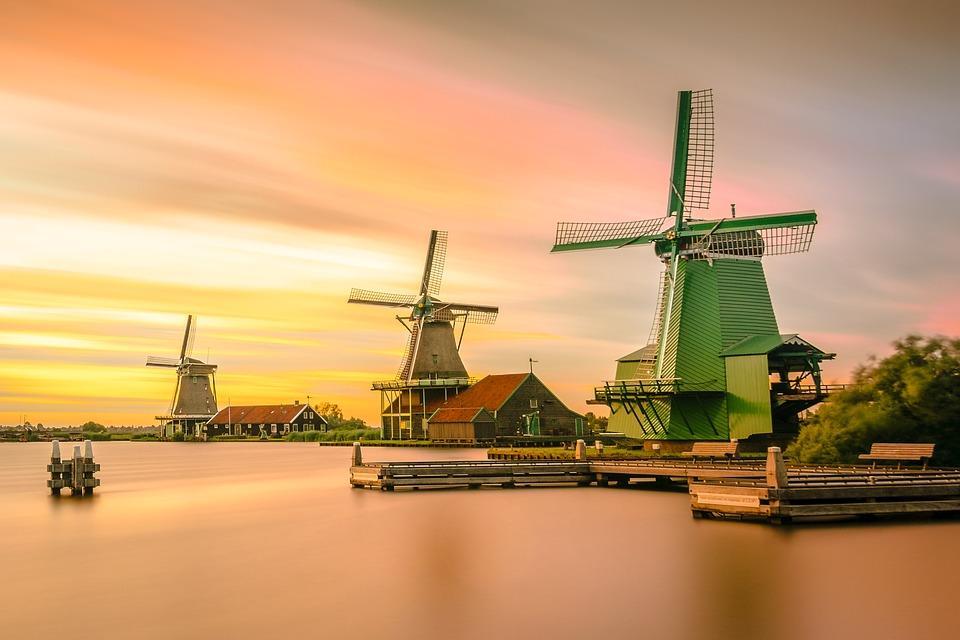
Pexels // Pixabay
Netherlands
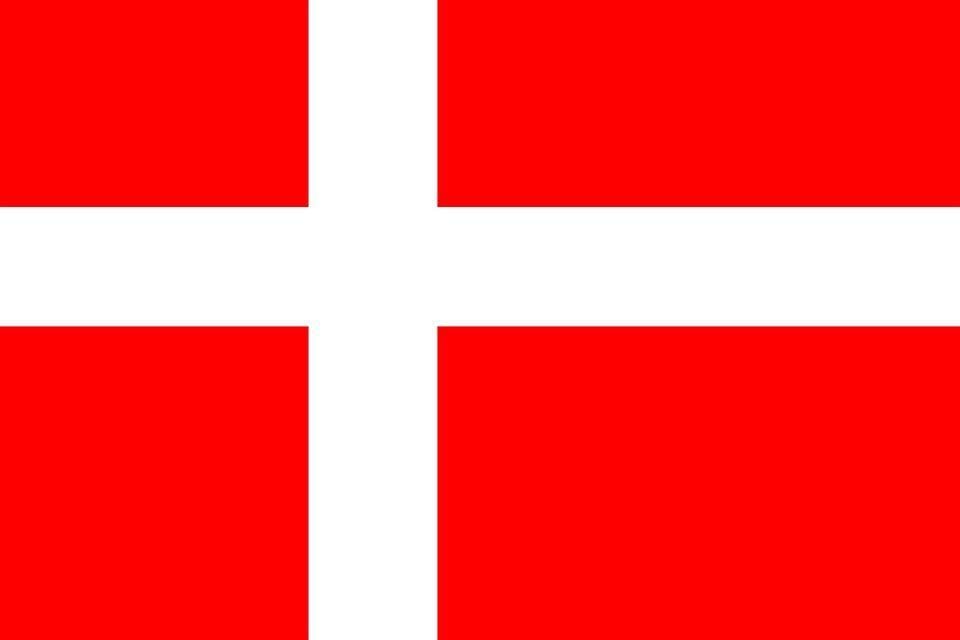
mlkk // Pixabay
Country #14
Legend has it that this flag fell from the heavens in 1219 during the Battle of Lyndanisse near modern-day Estonia, though historical evidence suggests that several other nations also once used the same flag. The off-centre white cross is quite unique.
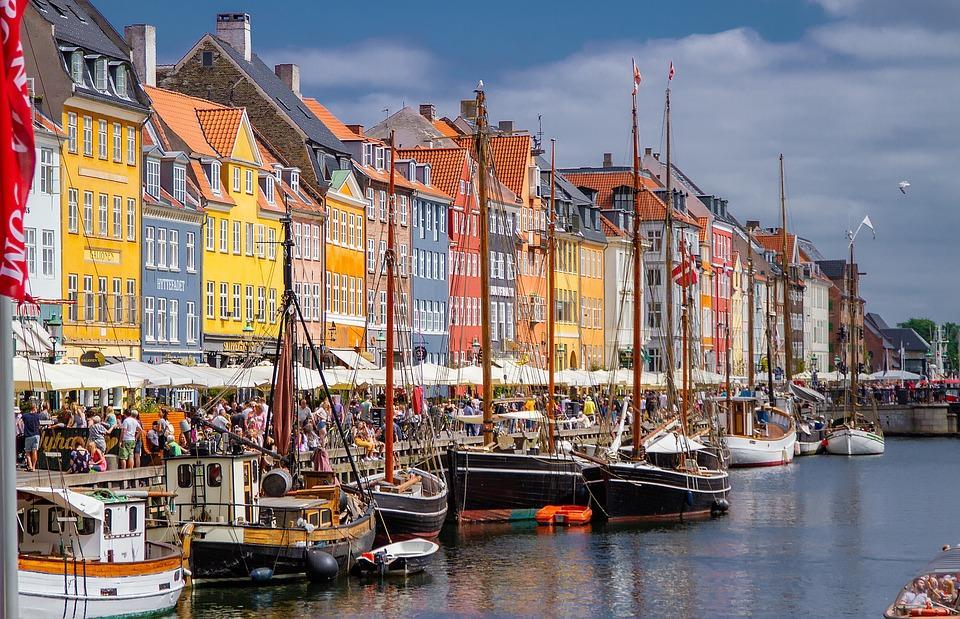
photodrishti // Pixabay
Denmark
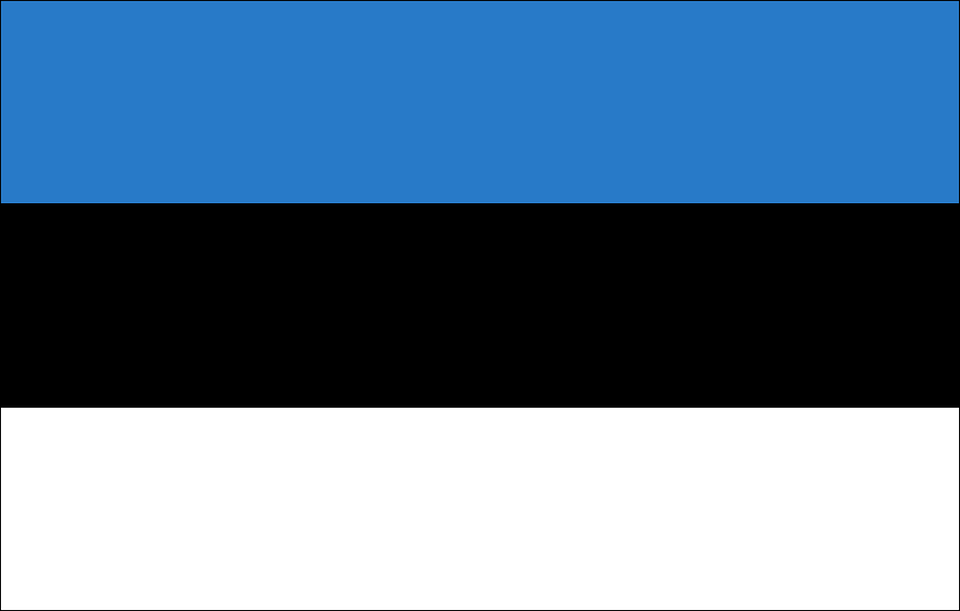
mayns82 // Pixabay
Country #15
This flag actually began as the banner of student organization dedicated to preserving this country's cultural traditions and language, even when it was still a part of the Russian Empire. After this country became independent, the original blue, white, and black banner flew once more.
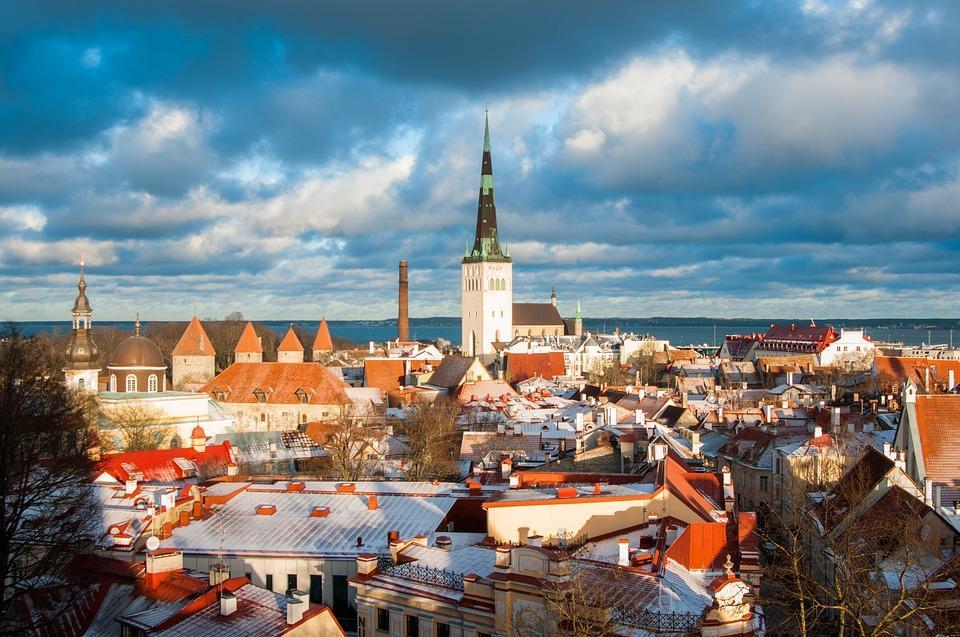
GORBACHEVSERGEYFOTO // Pixabay
Estonia
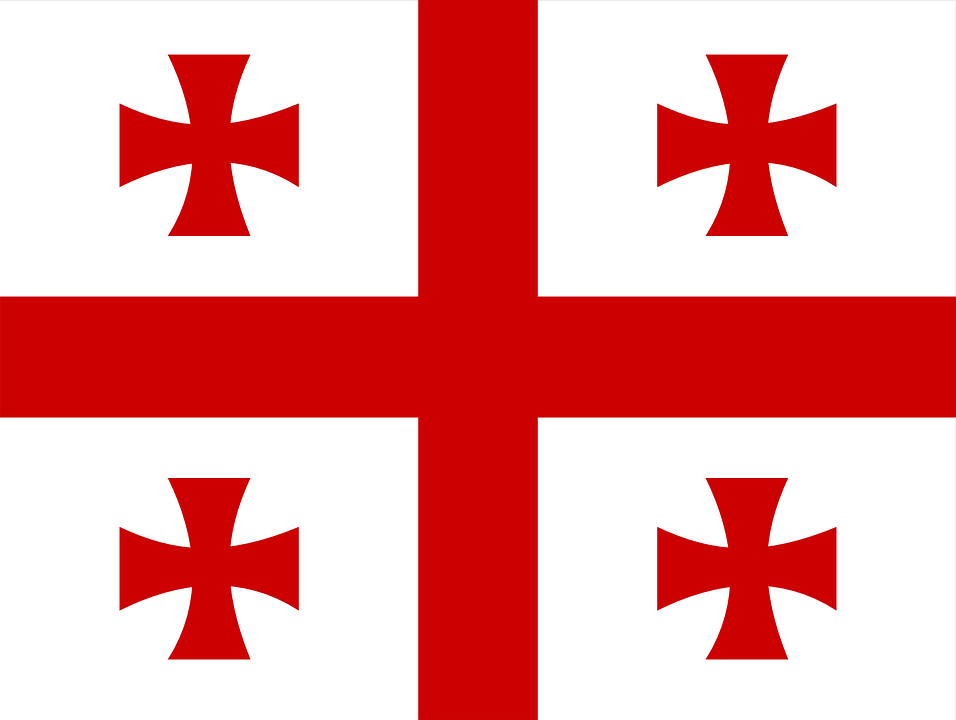
Clker // Pixabay
Country #16
The Cross of St. George and four smaller red crosses appear on this flag that was only officially adopted in 2004. The colour red is historically important to the region, as many royal houses once used flags that colour.
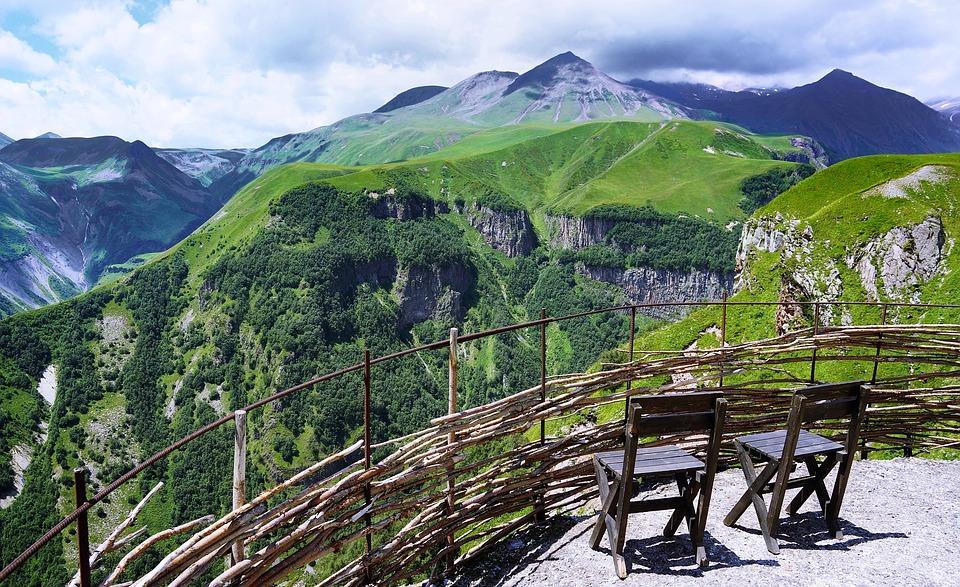
rmac8oppo // Pixabay
Georgia
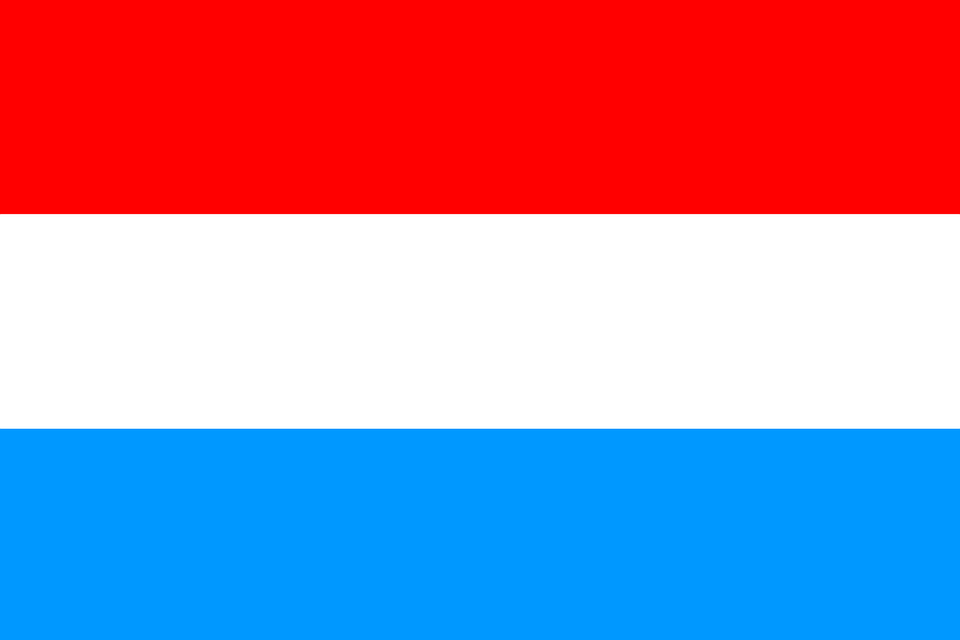
Clker // Pixabay
Country #17
This flag has its roots in the heraldic banner of the region, which featured white and blue stripes with a red lion. When this country became independent from the Holy Roman Empire in 1845, it simplified the banner to this red, white, and blue tricolour flag.
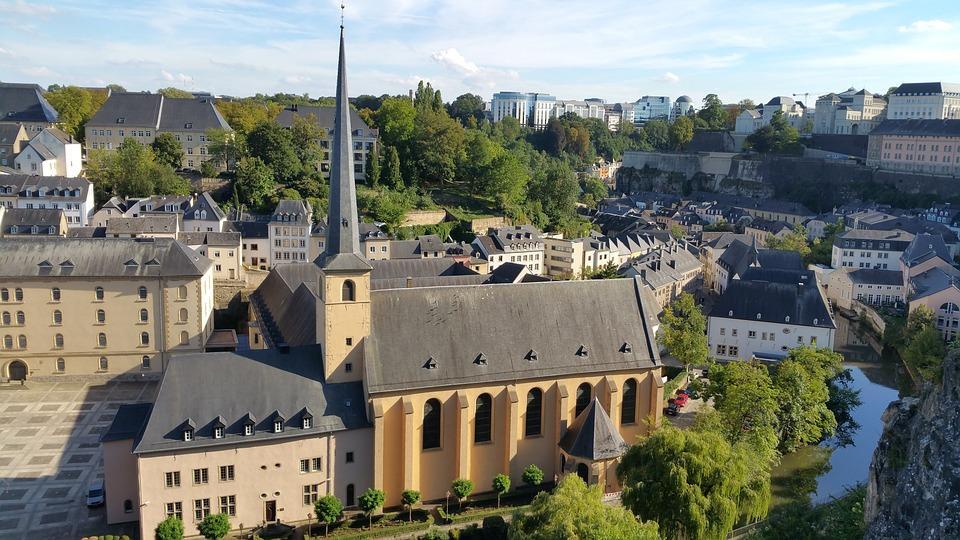
waldomiguez
Luxembourg
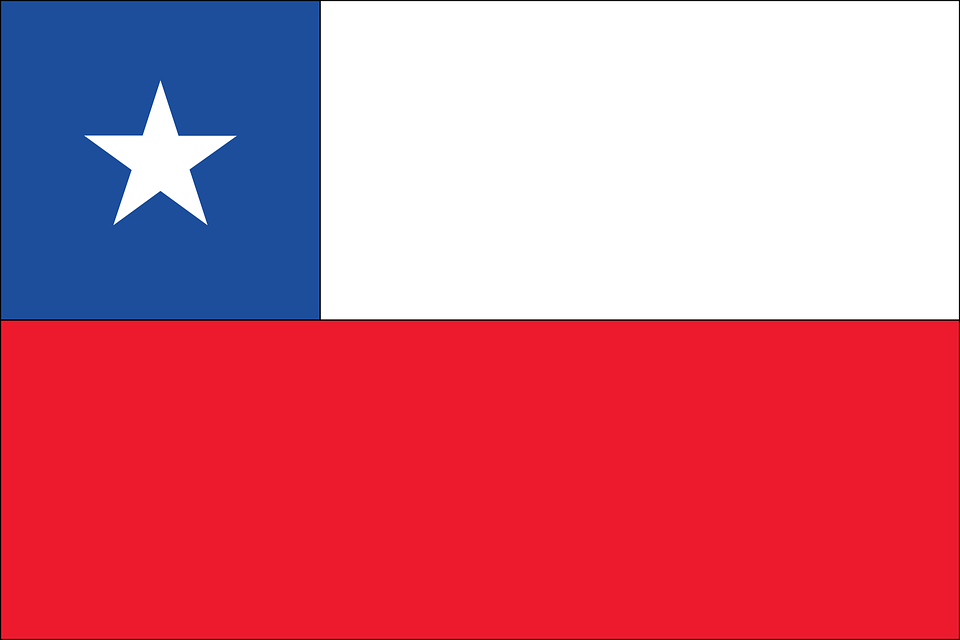
mayns82 // Pixabay
Country #18
Adopted in 1817, this flag has no shortage of symbolism. The white star represents “a guide on the path of progress and honour,” the blue field stands for the sky, the white stripe symbolizes the snow of the Andes Mountains, and the red stripe represents the blood spilled in the fight for independence from Spain.
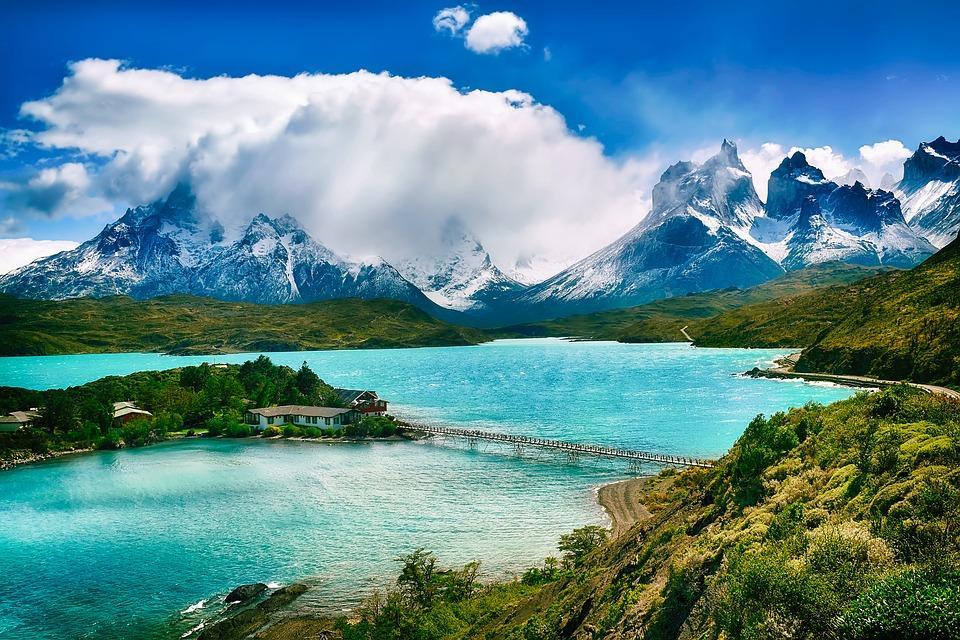
Pixabay
Chile
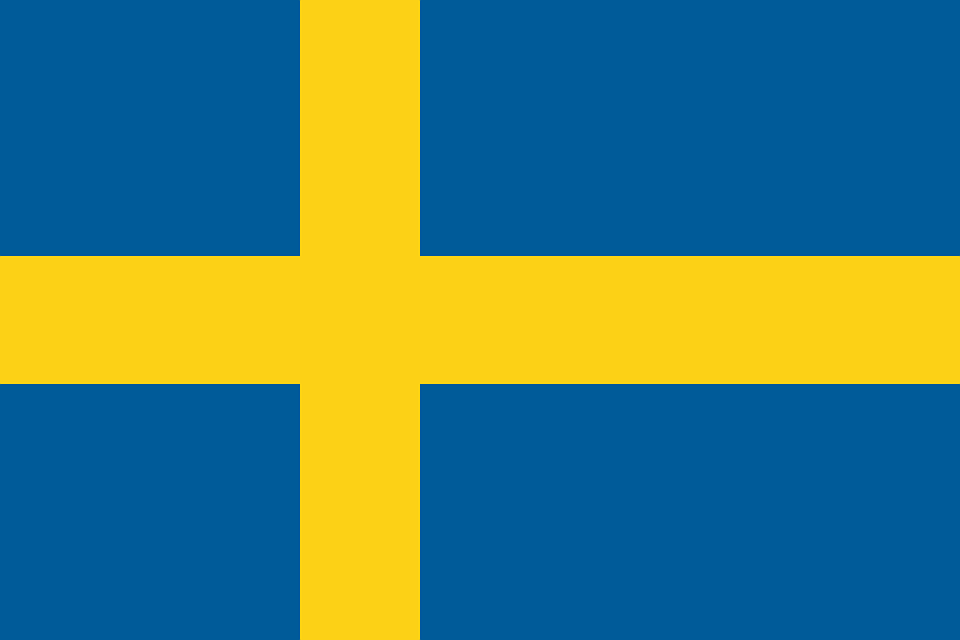
OpenClipart-Vectors // Pixabay
Country #19
This state's 14th-century coat of arms—a blue shield with three gold crowns—likely formed the basis for the modern-day blue flag with a gold cross. Denmark's off-centre cross also likely influenced this flag.
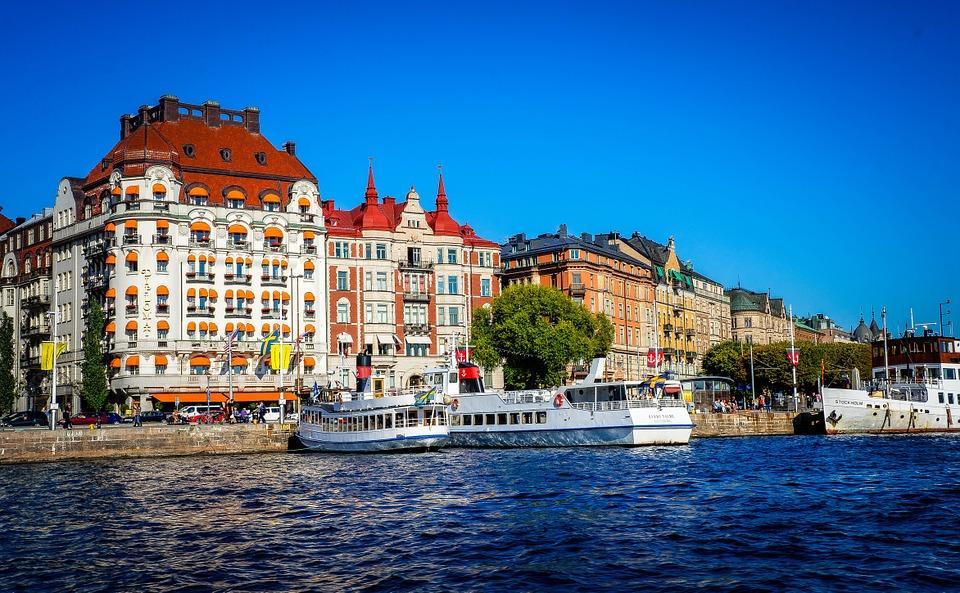
Mariamichelle // Pixabay
Sweden
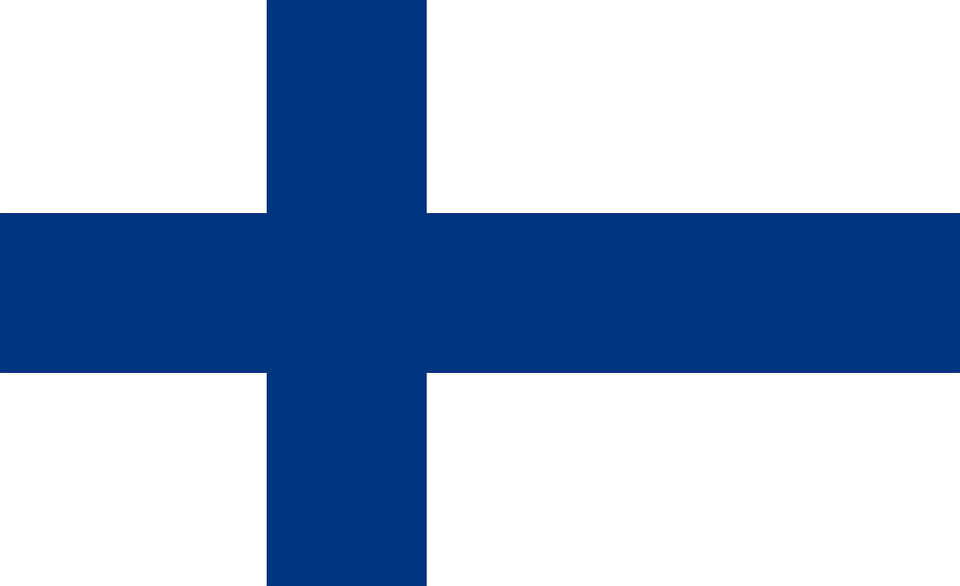
janeb13 // Pixabay
Country #20
The blue Scandinavian cross represents this country's lakes, while the white field represents its snowy climate. The centre of the cross features the 16th-century heraldic symbol of this country: a yellow lion with an armoured arm holding a sword surrounded by white roses.
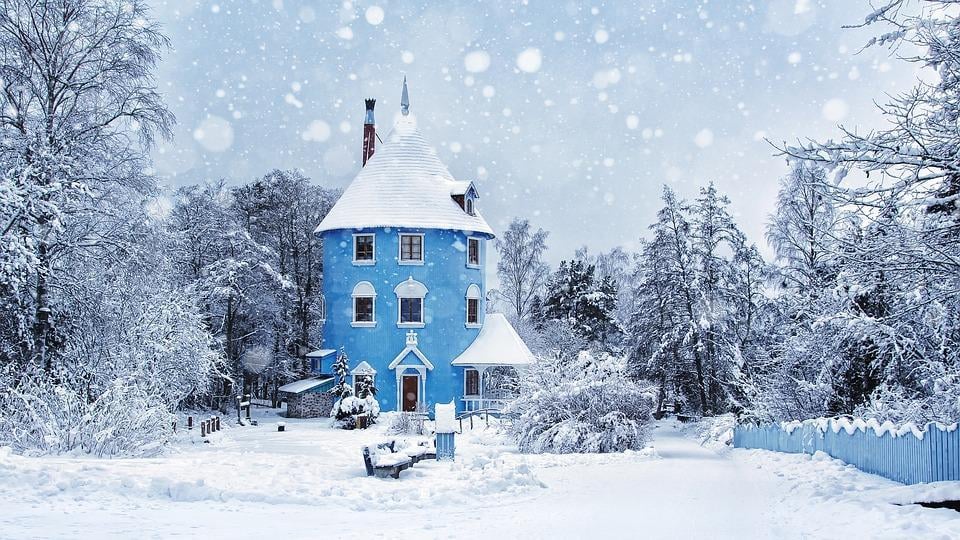
Finmiki // Pixabay
Finland
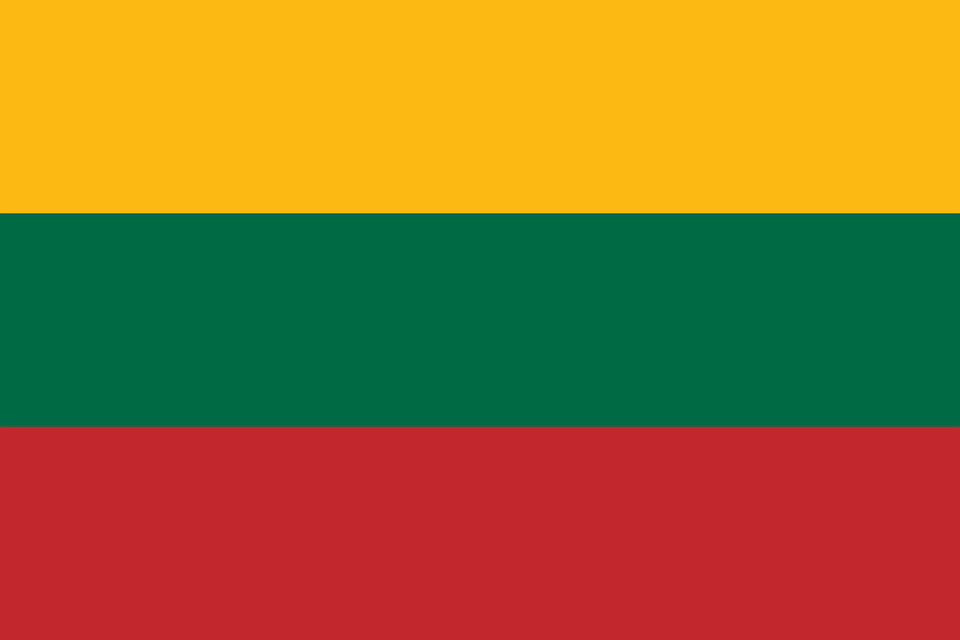
OpenClipart-Vectors // Pixabay
Country #21
This simple tricolour flag first appeared in 1918, then didn't appear again until a year before this country claimed its independence from the USSR. Yellow represents the abundance of ripening wheat fields, green represents the hope of the forests, and red stands for love of country.
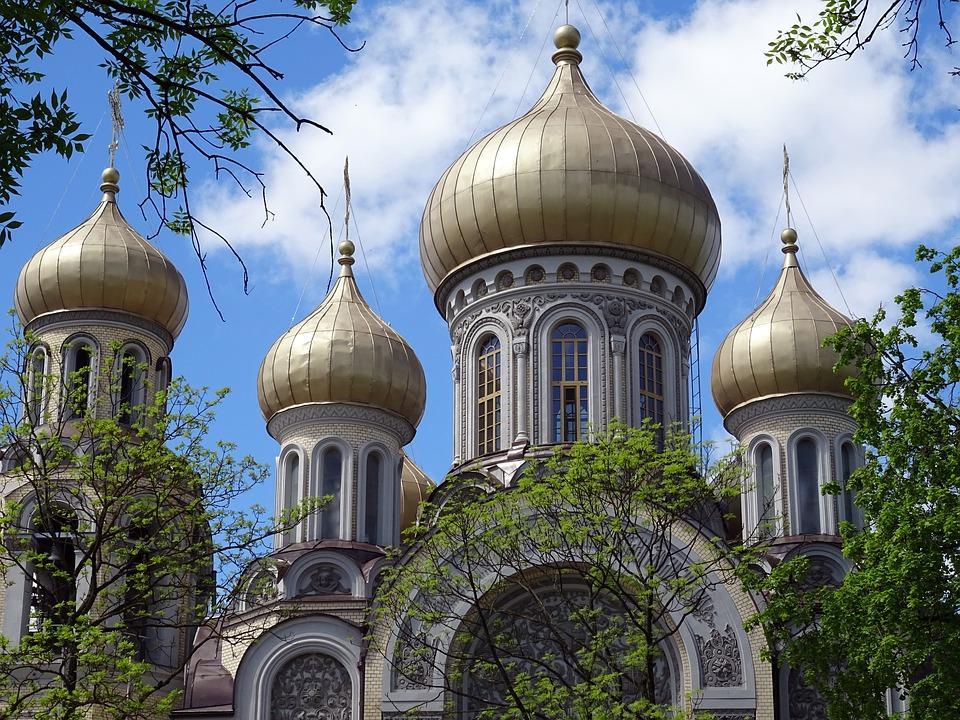
NinasCreativeCorner // Pixabay
Lithuania
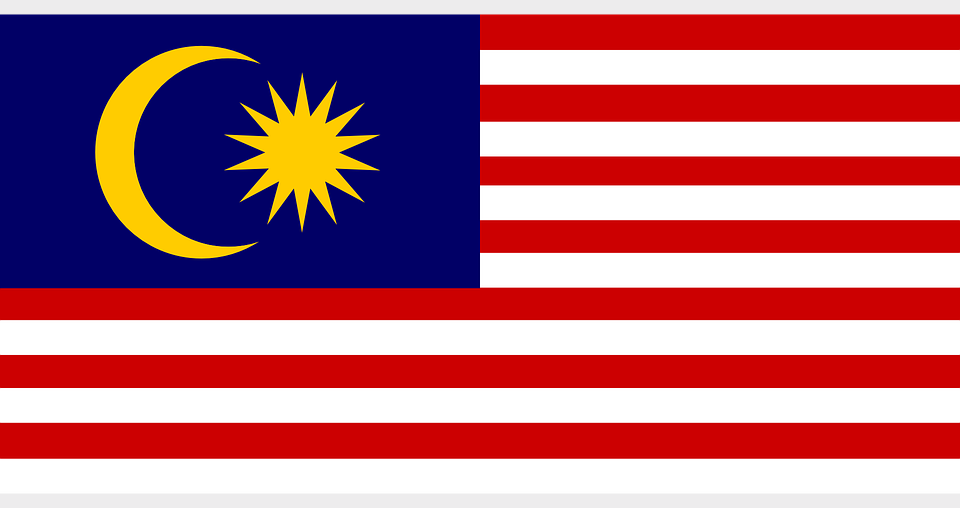
OpenClipart-Vectors // Pixabay
Country #22
This design was first created in 1950 as part of a national competition. The number 11 figures prominently in the flag: Both the 11 horizontal red and white stripes and 11-pointed star symbolize the country's 11 states.

Pexels // Pixabay
Malaysia
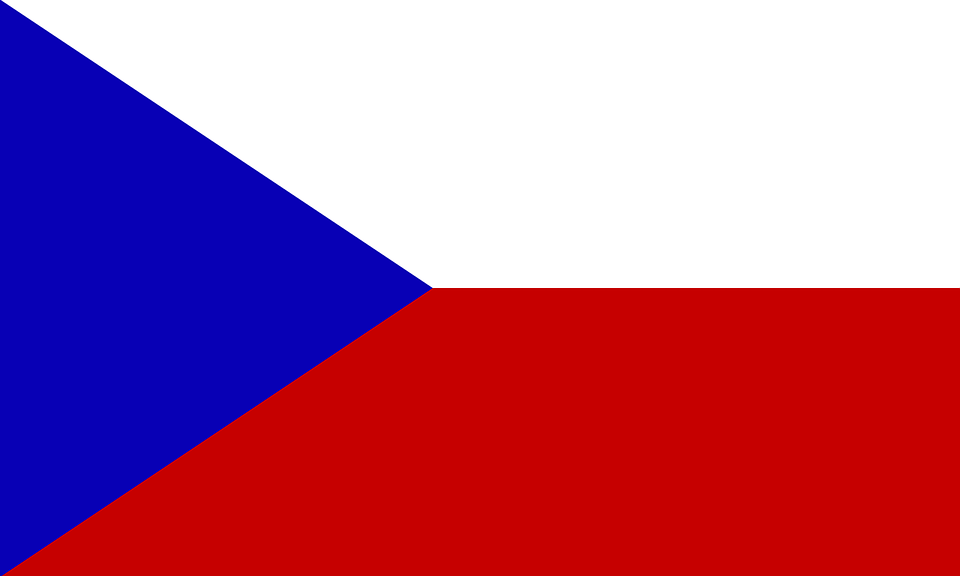
JulkaWild // Pixabay
Country #23
Created in 1920, this flag has a blue triangle to represent the Slovak and Ruthenian colours in addition to white and red stripes. Though the flag disappeared during the Second World War, it resurfaced again when this country lived under communist rule. Despite a clause forbidding the use of the flag post-independence, the country eventually reinstated it as their permanent flag.
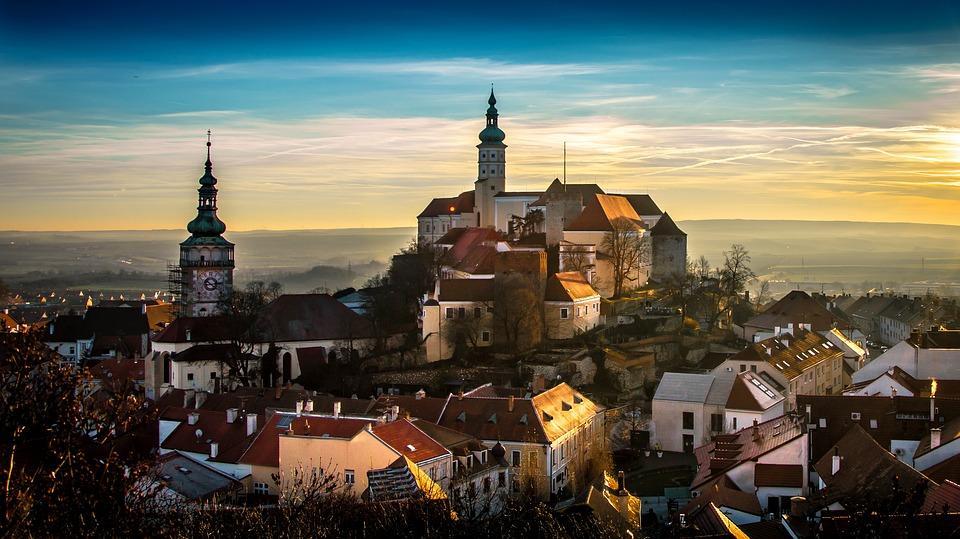
LubosHouska // Pixabay
Czech Republic
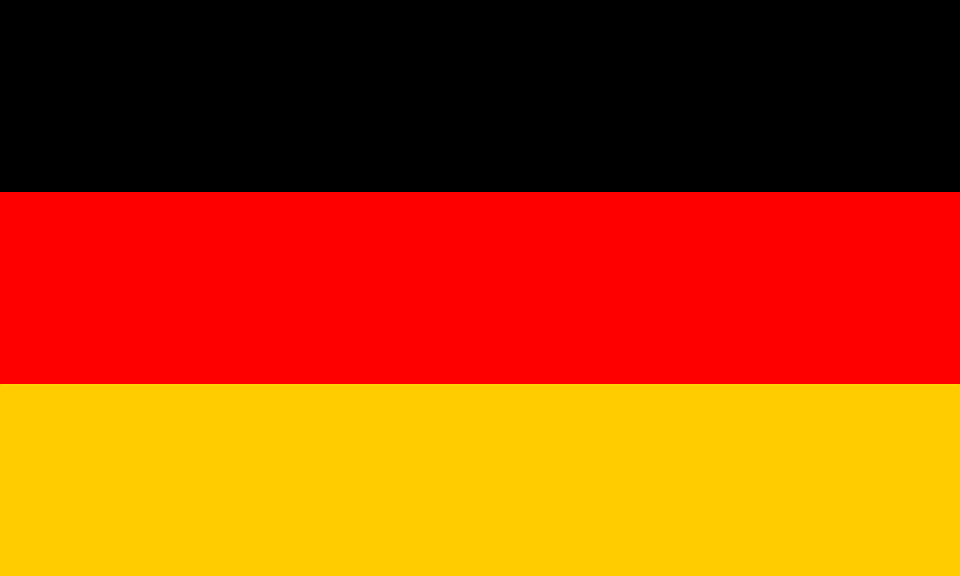
Clker // Pixabay
Country #24
When this country's flag flies over state buildings, a central golden shield with a black eagle is added. The tricolour black, red, and golden yellow flag first appeared during the Weimar Republic.
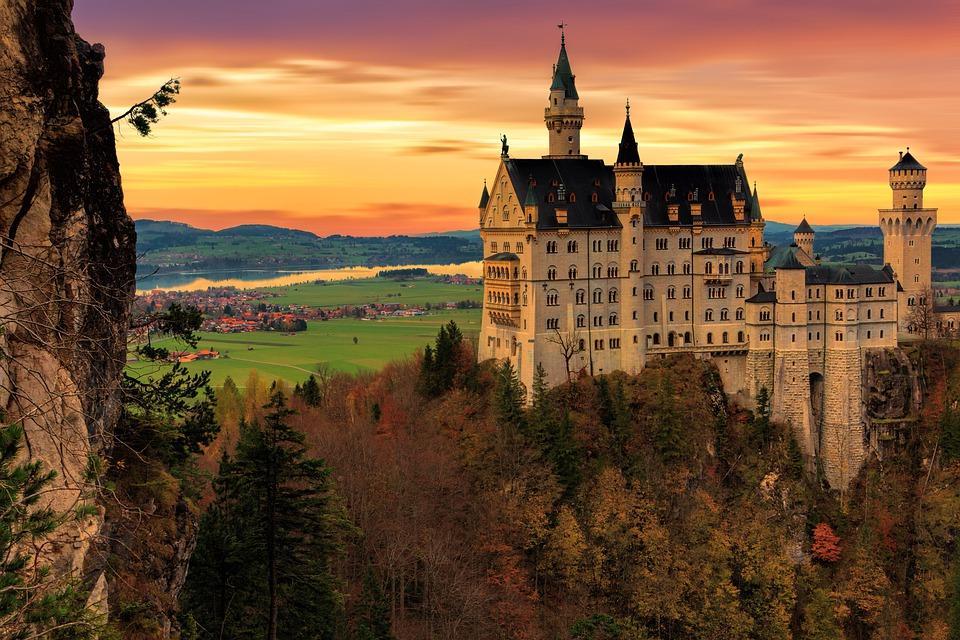
jplenio // Pixabay
Germany
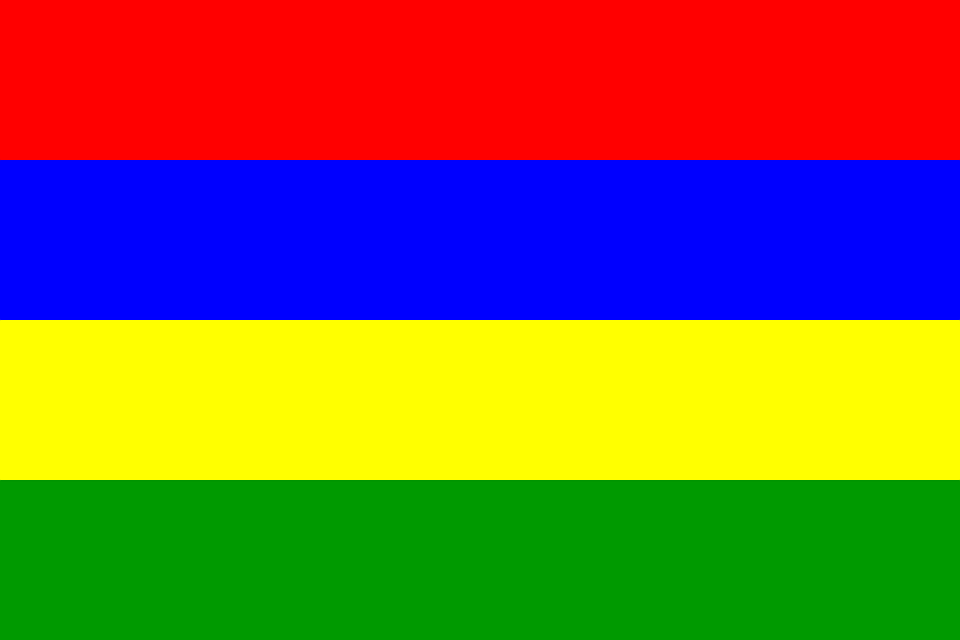
Clker // Pixabay
Country #25
This country's flag is one of only a handful to feature four horizontal stripes. It's also highly symbolic: yellow represents freedom's light, red reflects the struggle for independence, blue symbolizes the Indian Ocean, and green represents the subtropical climate.
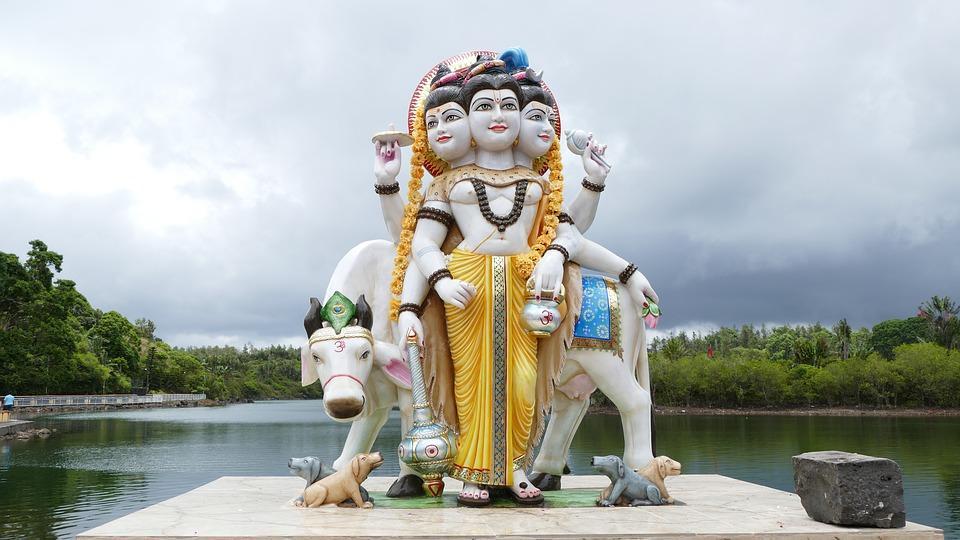
nike159 // Pixabay
Mauritius
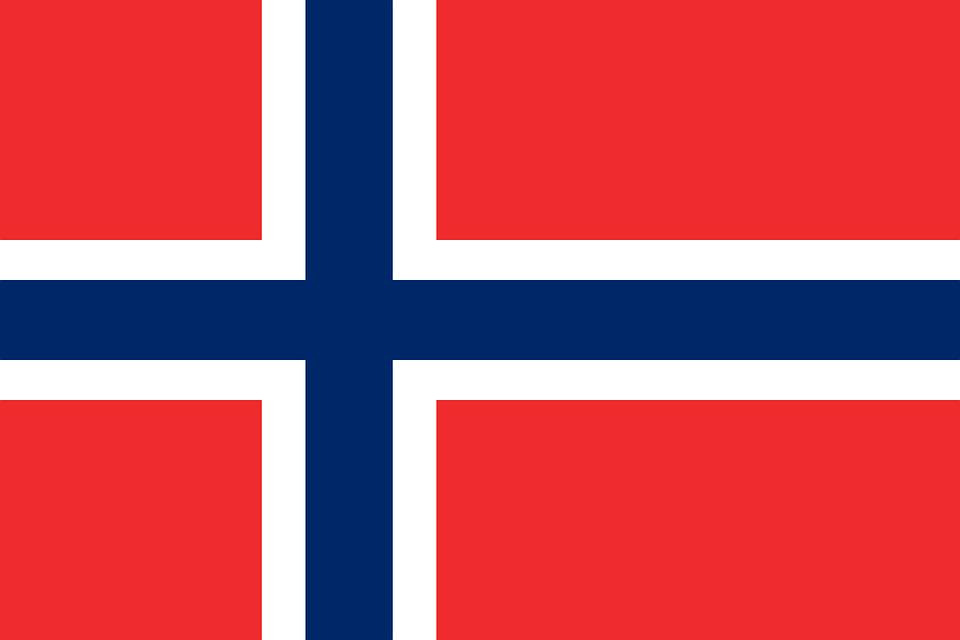
OpenClipart-Vectors // Pixabay
Country #26
This country's parliament created its distinctive flag in 1821, though it wasn't formally accepted for another 77 years. The flag shares the white cross on a red backdrop with the Danish flag, but superimposed a blue cross on top.
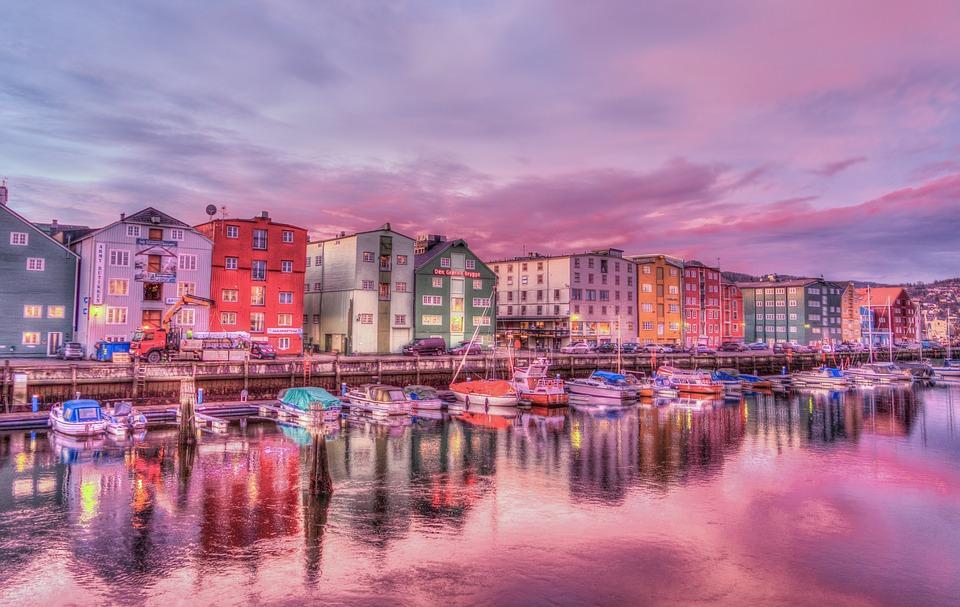
Mariamichelle // Pixabay
Norway
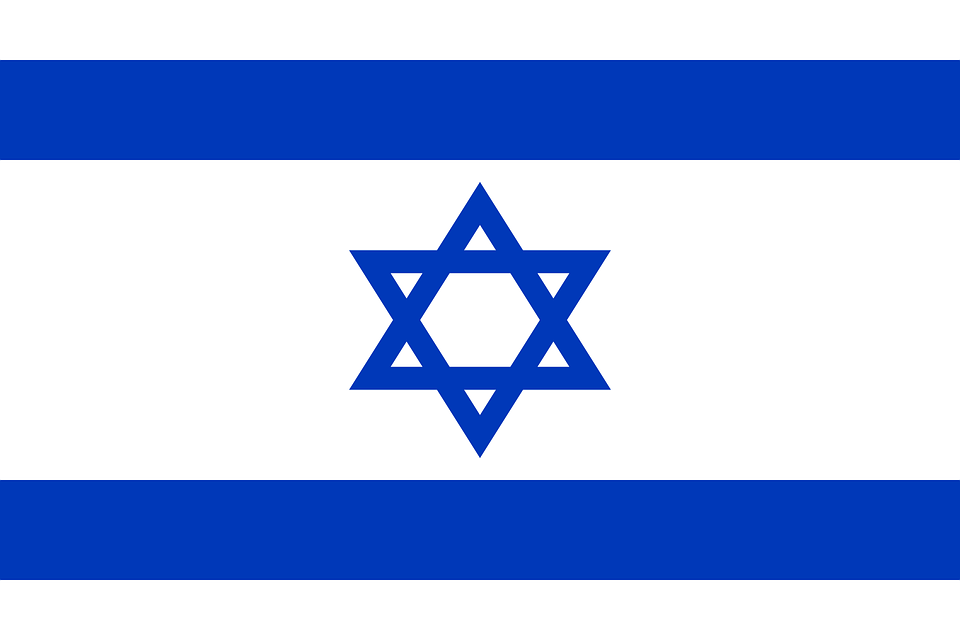
OpenClipart-Vectors // Pixabay
Country #27
As Zionism rose in popularity in the late 19th century, this flag came into existence. It's based on the traditional Jewish prayer shawl, with the Star of David surrounded by narrow blue stripes on a white background.
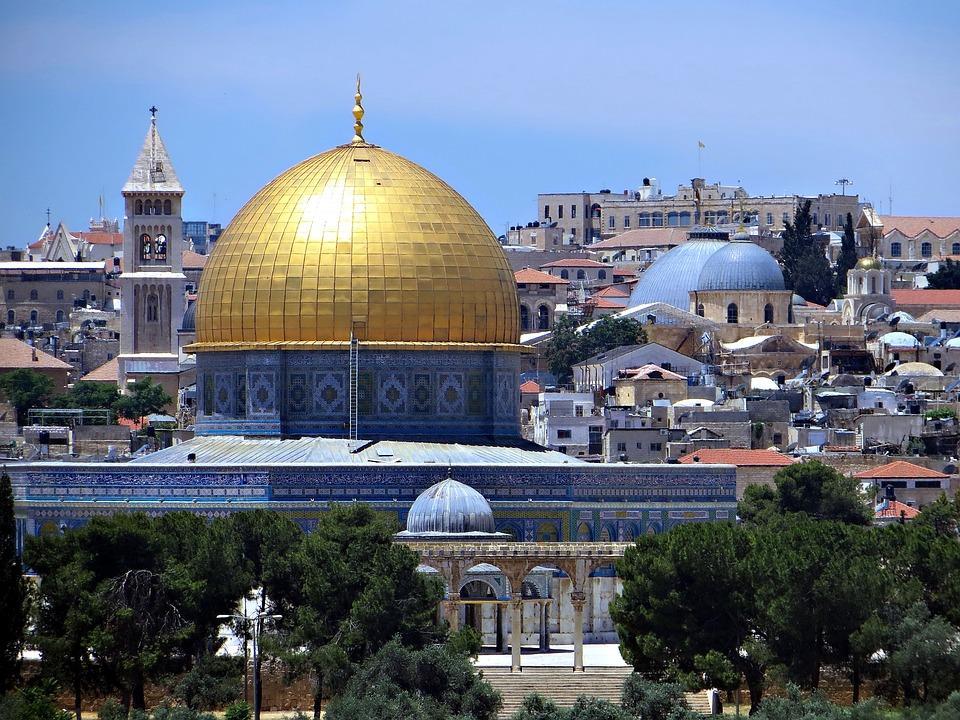
gunthersimmermacher // Pixabay
Israel
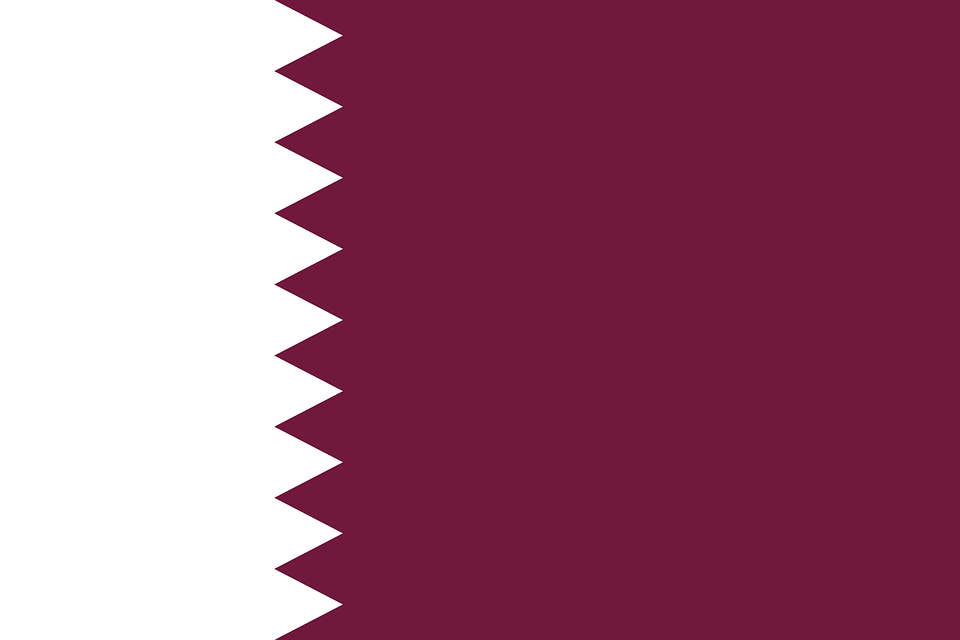
OpenClipart-Vectors // Pixabay
Country #28
Like many countries in the region, this country's flag uses just two colours and a relatively simple design. A serrated border separates the white half of the flag from the maroon half.

Konevi // Pixabay
Qatar
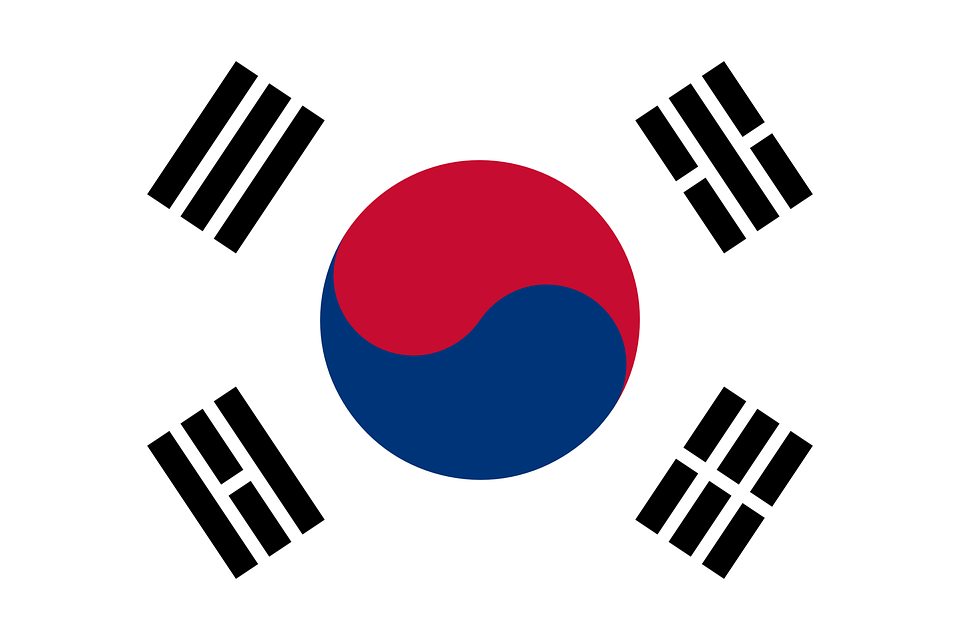
OpenClipart-Vectors // Pixabay
Country #29
Adopted in 1882, this flag featuring traditional symbols has remained the same ever since. The central symbol, called the t'aegÅk, represents the duality of the universe, while four sets of three black bars can represent the four cardinal directions, the four seasons, or the sun, moon, earth, and heavens.
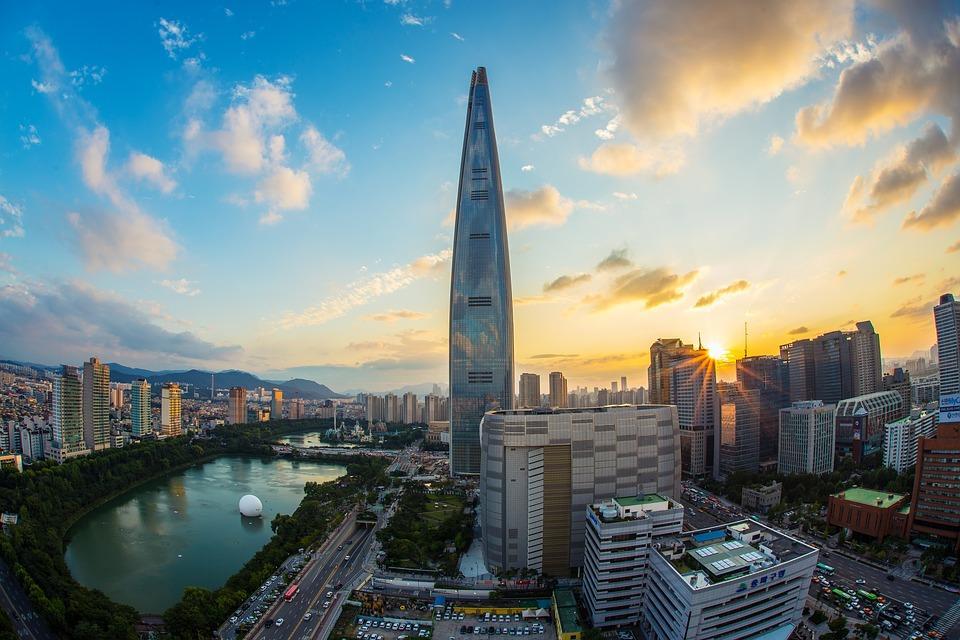
cmmellow // Pixabay
South Korea
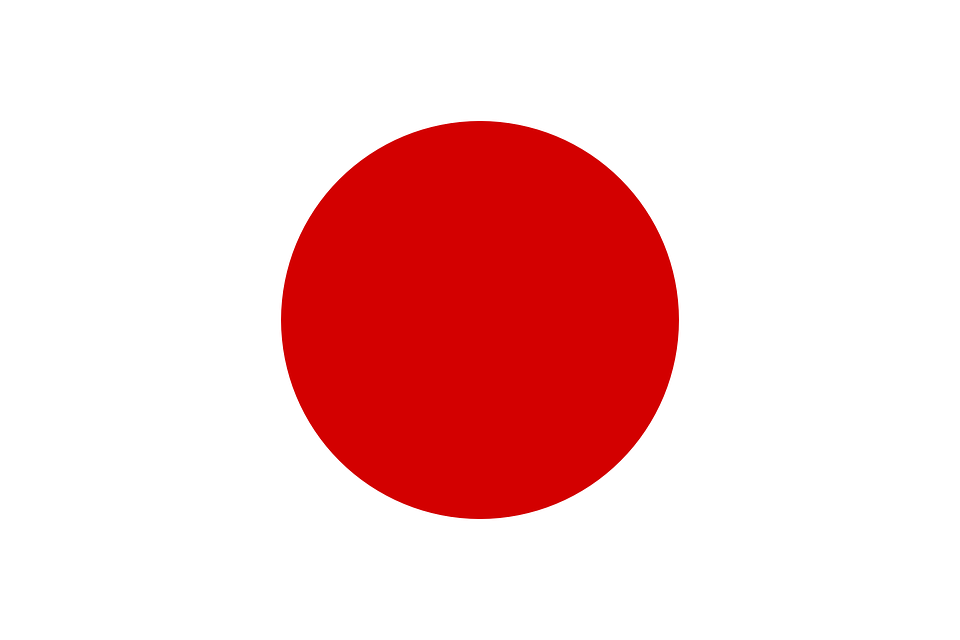
Clker // Pixabay
Country #30
Legend has it that this country was founded by the sun goddess Amaterasu in the seventh century B.C., hence its nickname as the Land of the Rising Sun. The flag features a red orb symbolizing the sun on a white background.
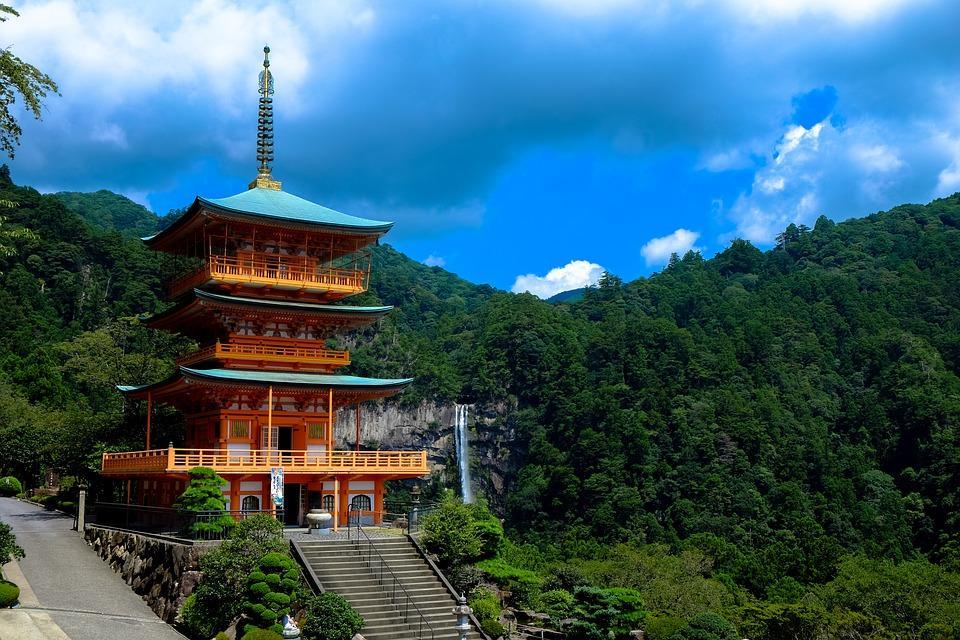
Pexels // Pixabay
Japan
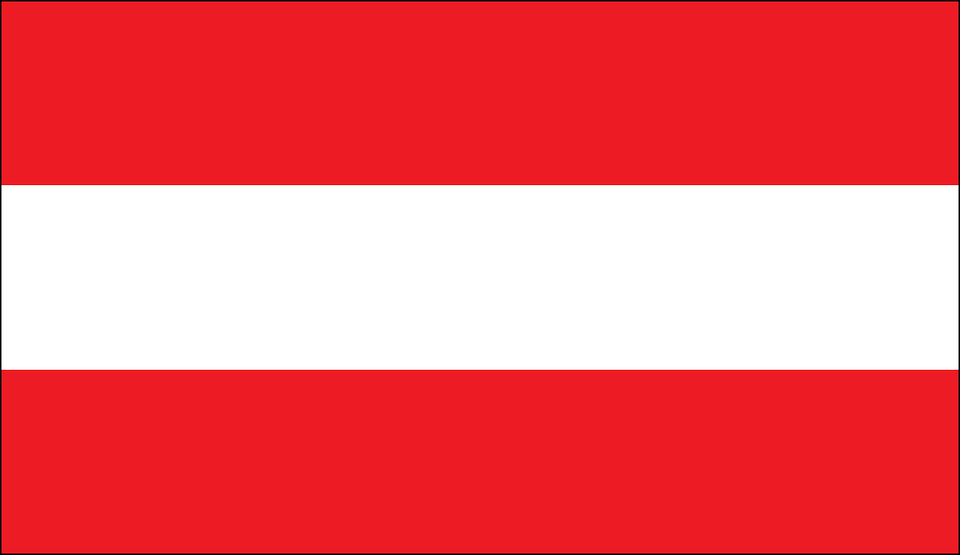
mayns82 // Pixabay
Country #31
A simple flag with two red stripes and one white stripe in the middle has represented this European country since the late 12th century, although it was not used during the seven years the country was under Nazi rule.
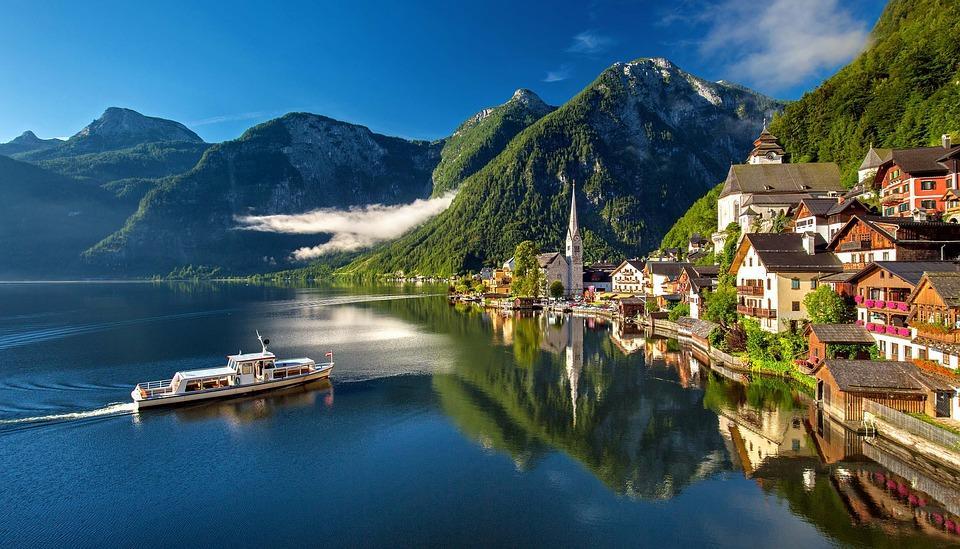
Julius_Silver // Pixabay
Austria
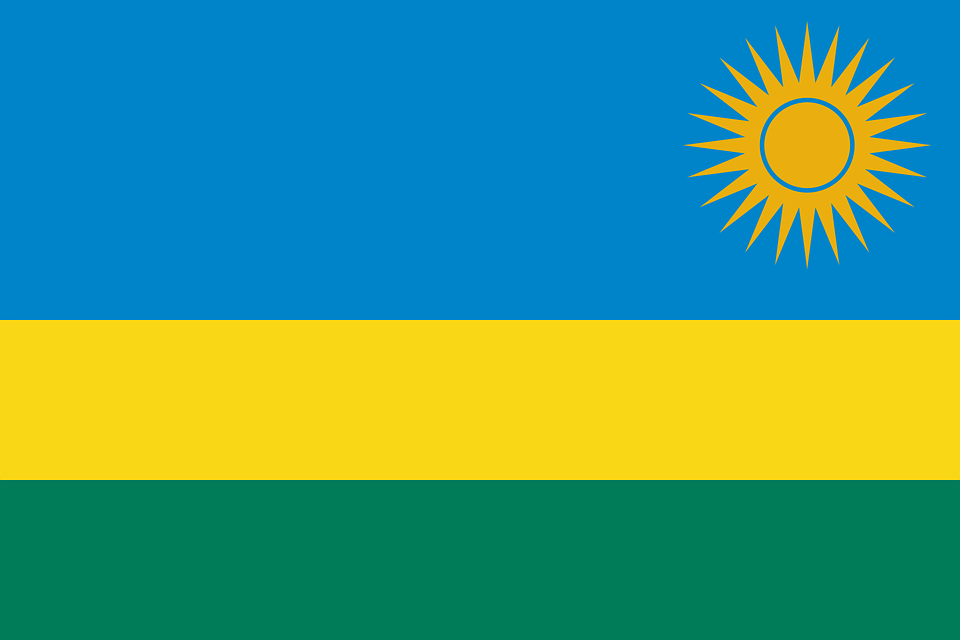
OpenClipart-Vectors // Pixabay
Country #32
This country's flag used to be a tricolour banner with vertical red, yellow, and green stripes, but after the violent clashes between the Hutu and the Tutsi, the country decided to start fresh with a new design. The current design symbolizes the country's lush vegetation growing under the light of the sun.
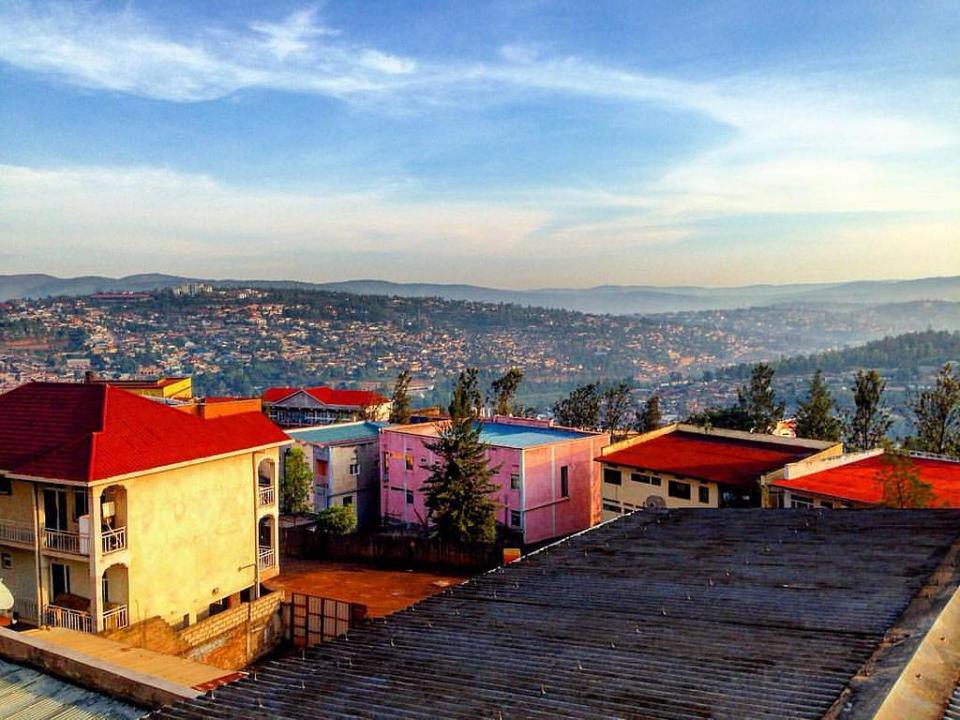
Mighty Travels // Flickr
Rwanda
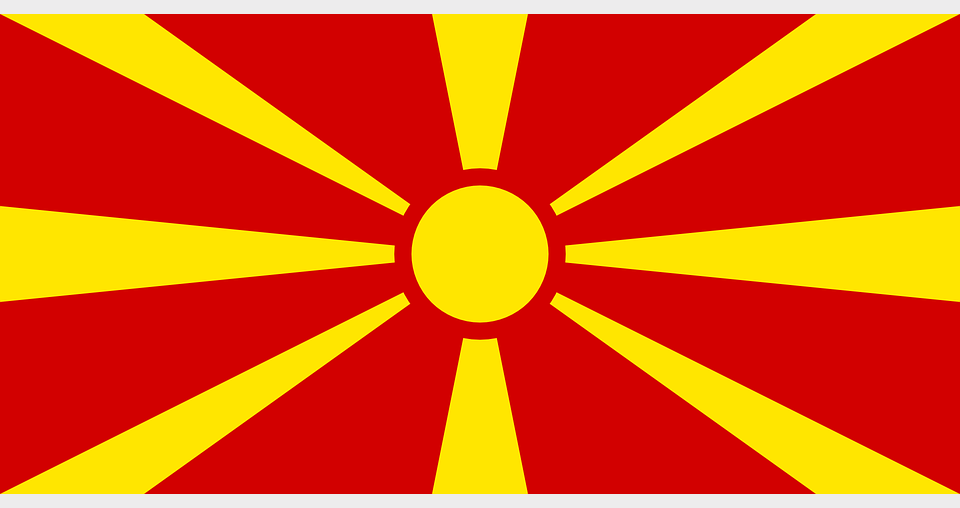
Clker // Pixabay
Country #33
This country has used red as a national colour for decades, and when it decided to create a new national flag in 1995, it incorporated the colour in the design. The golden sun on the flag is also mentioned in this country's national anthem and featured in its coat of arms.
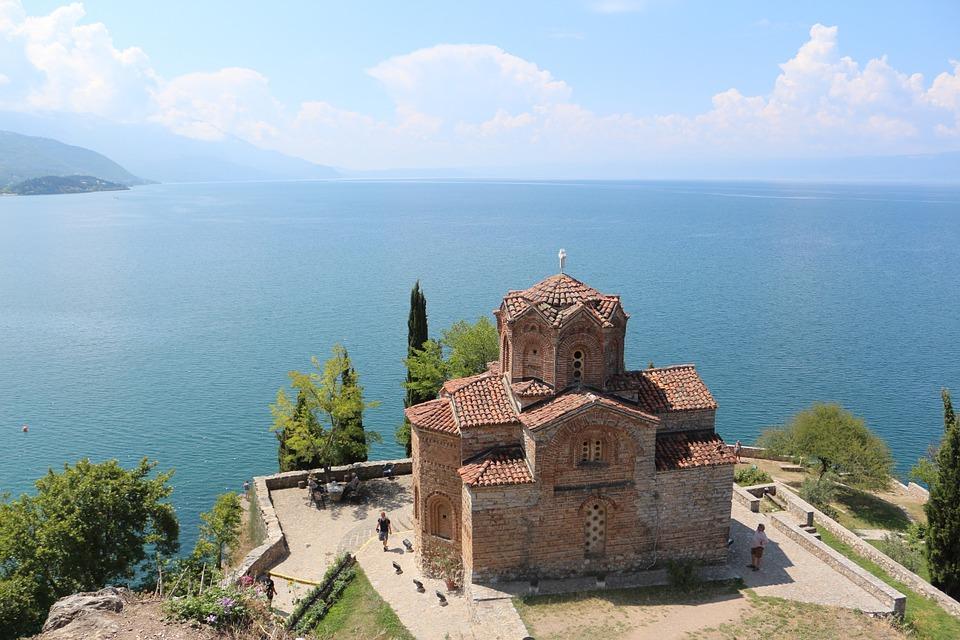
zzzArt // Pixabay
Macedonia
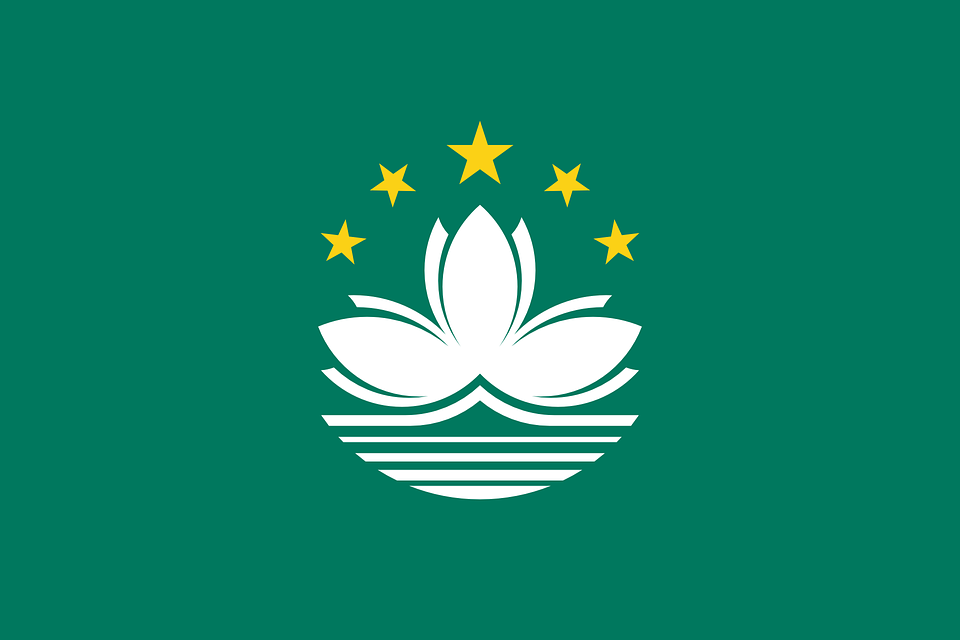
OpenClipart-Vectors // Pixabay
Country #34
Technically, this flag belongs to a special administrative region of China rather than an independent country. Five yellow stars float over a lotus flower on a green background.
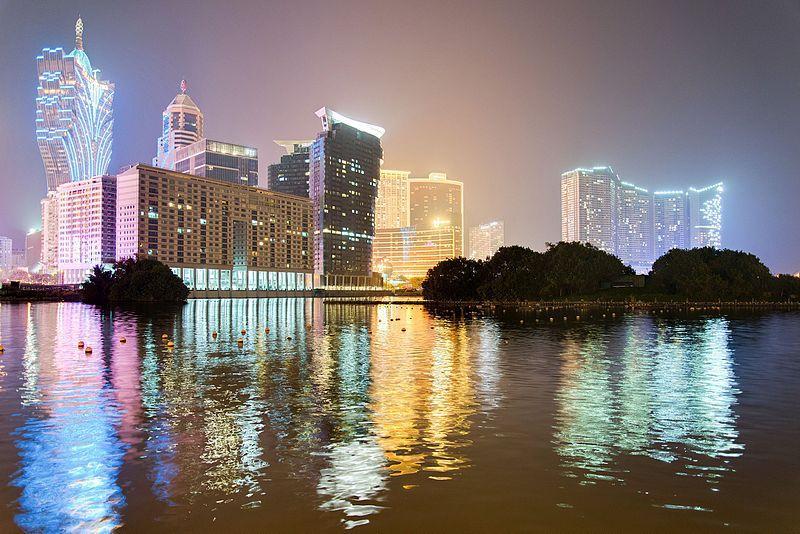
kewl // Wikimedia Commons
Macau
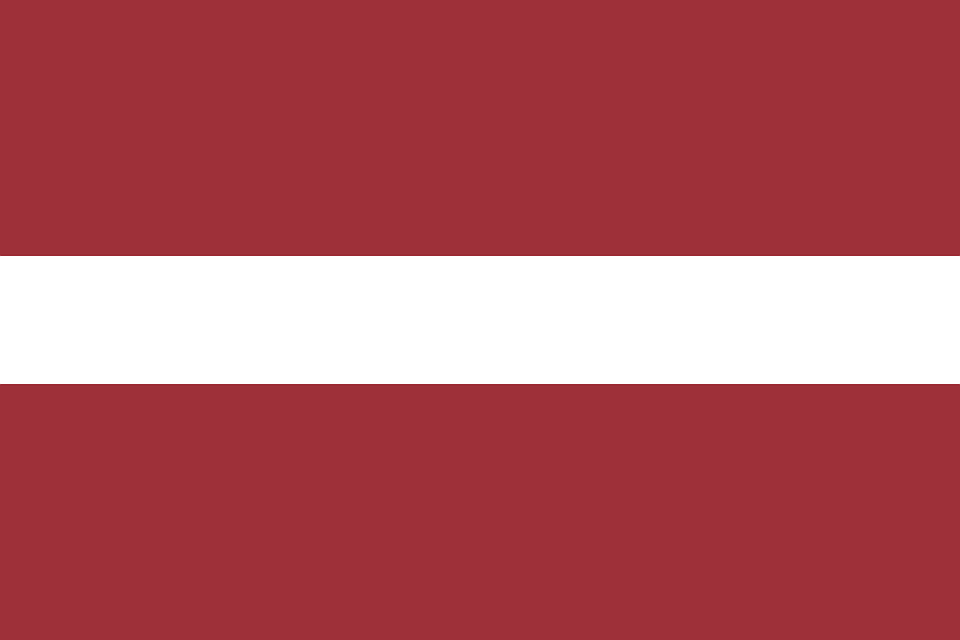
OpenClipart-Vectors // Pixabay
Country #35
The design of this country's flag dates back to 1279, when a local militia flew the crimson banner with a thin white stripe in the middle. Though the design wasn't used while the country was under Soviet rule, it was reinstated in 1988.
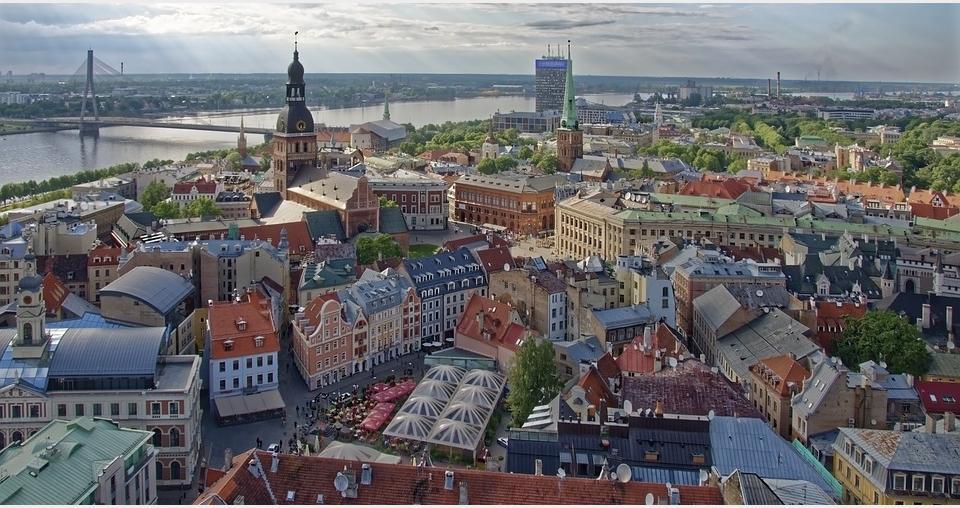
Pixabay
Latvia
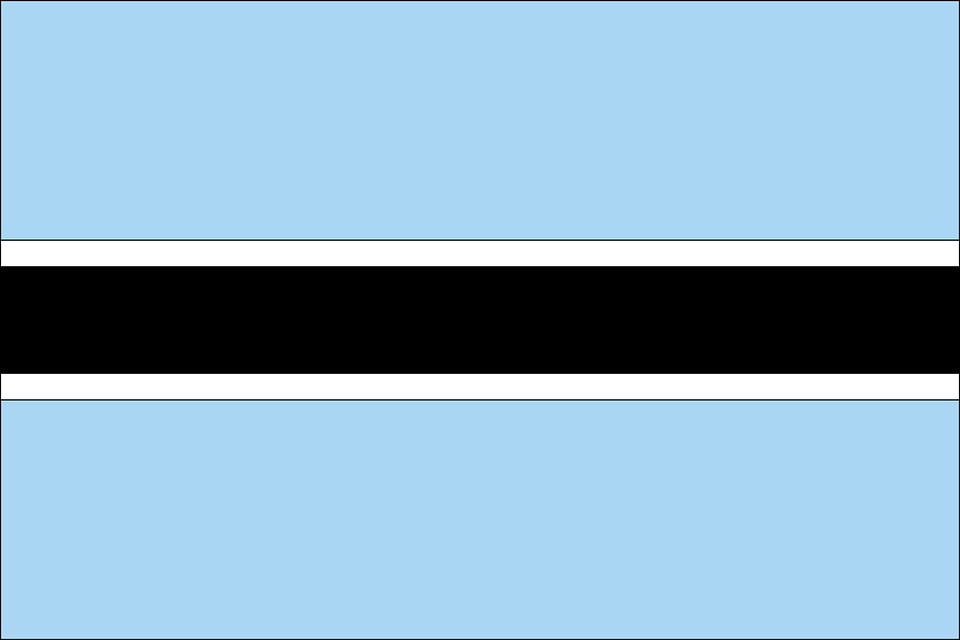
mayns82 // Pixabay
Country #36
When this flag was adopted in 1966, the design was seen as a direct response to apartheid in neighbouring South Africa. The black stripe with white borders symbolizes racial equality, while the pale blue background represents the importance of the sky and water in the Kalahari Desert.

hbieser // Pixabay
Botswana
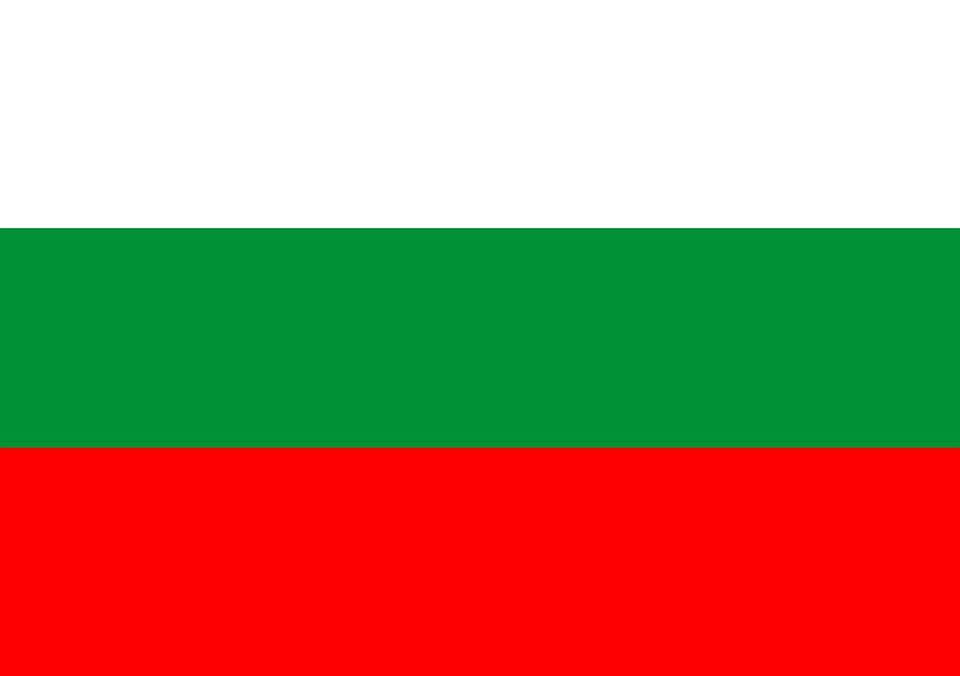
sulox32 // Pixabay
Country #37
This country's simple tricolour white, green, and red flag has flown since 1879, although socialist symbols were added when communists took control of the country in the mid-20th century. White stands for freedom, green for agriculture, and red for military courage.
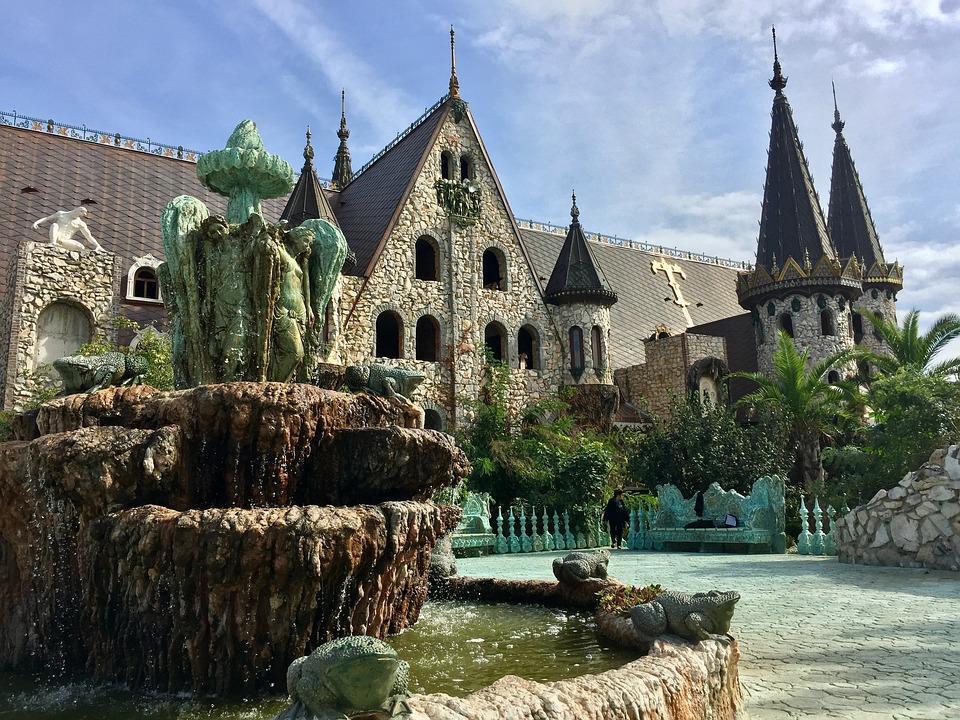
chainrasp // Pixabay
Bulgaria
Country #38
Local artist Dunstan St. Omer designed this flag when the island nation achieved independence in 1967. The blue background represents the Atlantic Ocean and Caribbean Sea, while the yellow triangle symbolizes the constant sunshine and the black triangle symbolizes the Pitons.
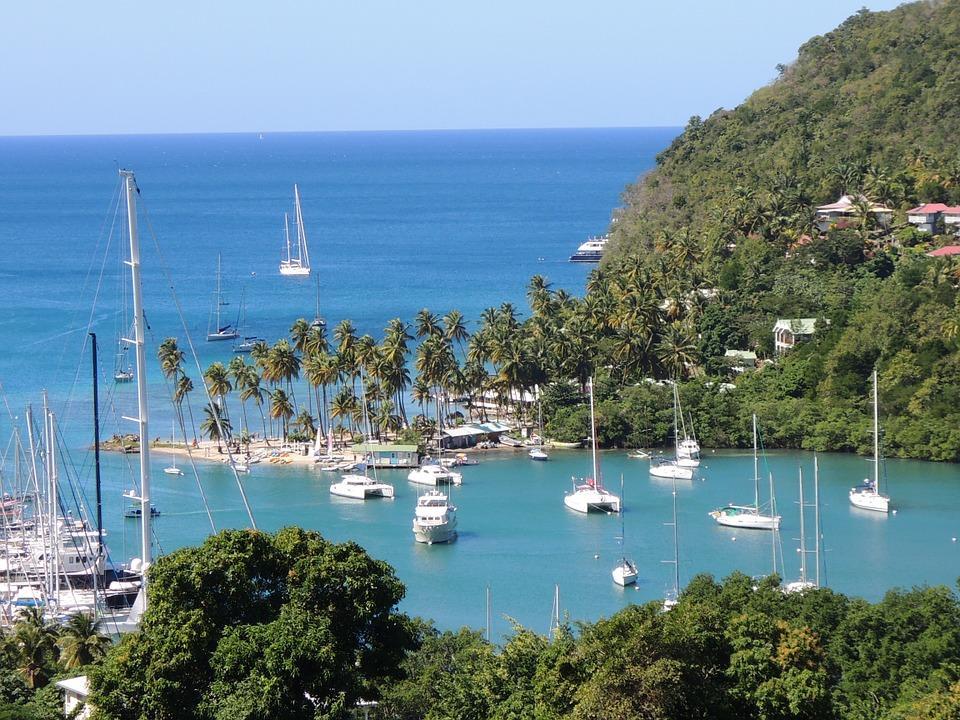
Pixabay
Saint Lucia
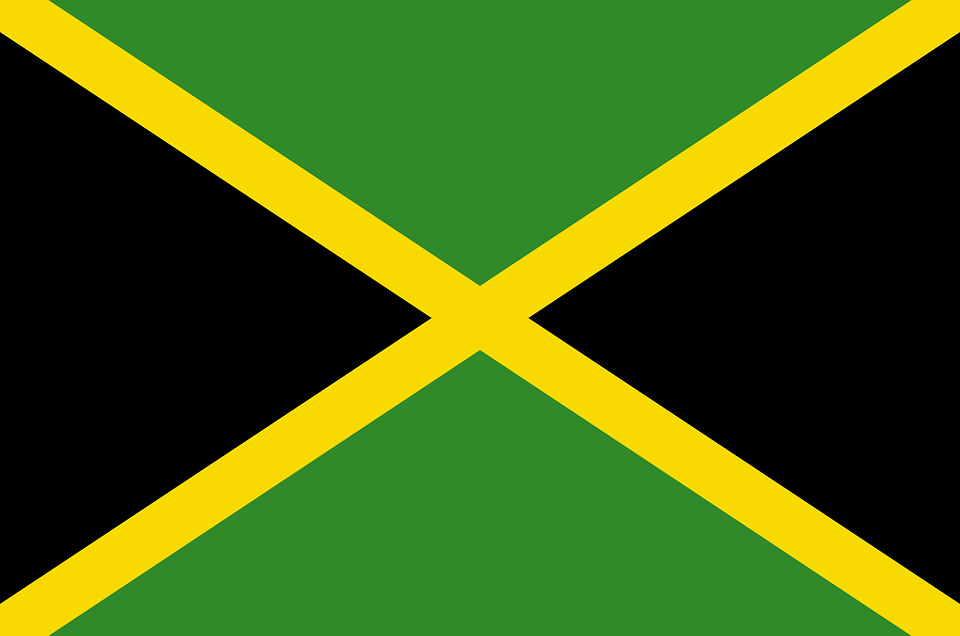
OpenClipart-Vectors // Pixabay
Country #39
First raised on this country's Independence Day in 1962, the green, black, and yellow flag might be one of the most widely recognized. The colour choices are also symbolic: Green represents the agricultural resources of the island, black represents the people's strength, and yellow represents the sun.
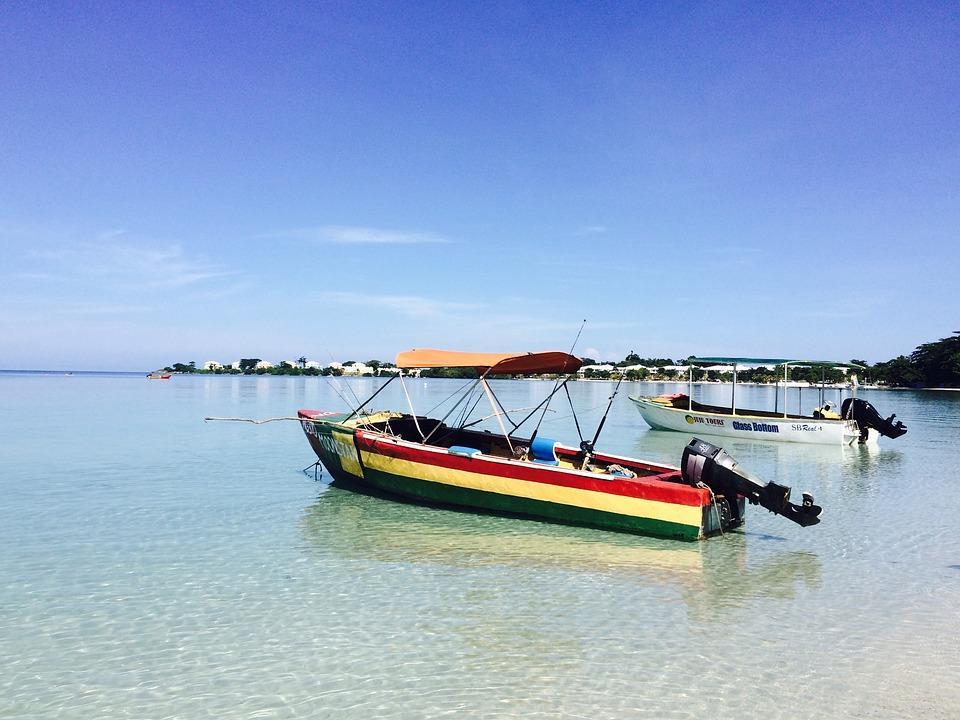
Nadi17 // Pixabay
Jamaica
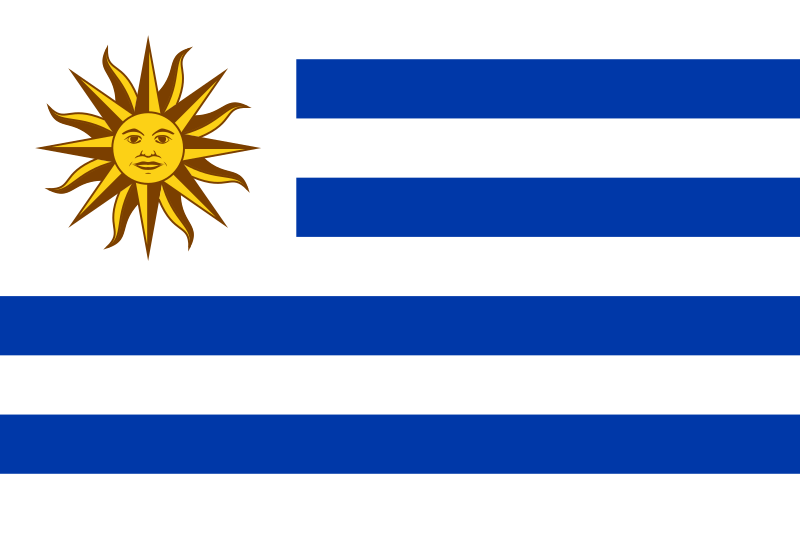
Wikimedia Commons
Country #40
This country took inspiration from two others—the United States and Argentina—to design its own flag in 1828. The sun in the upper left corner is the “sun of May,” a symbol of independence in South America.
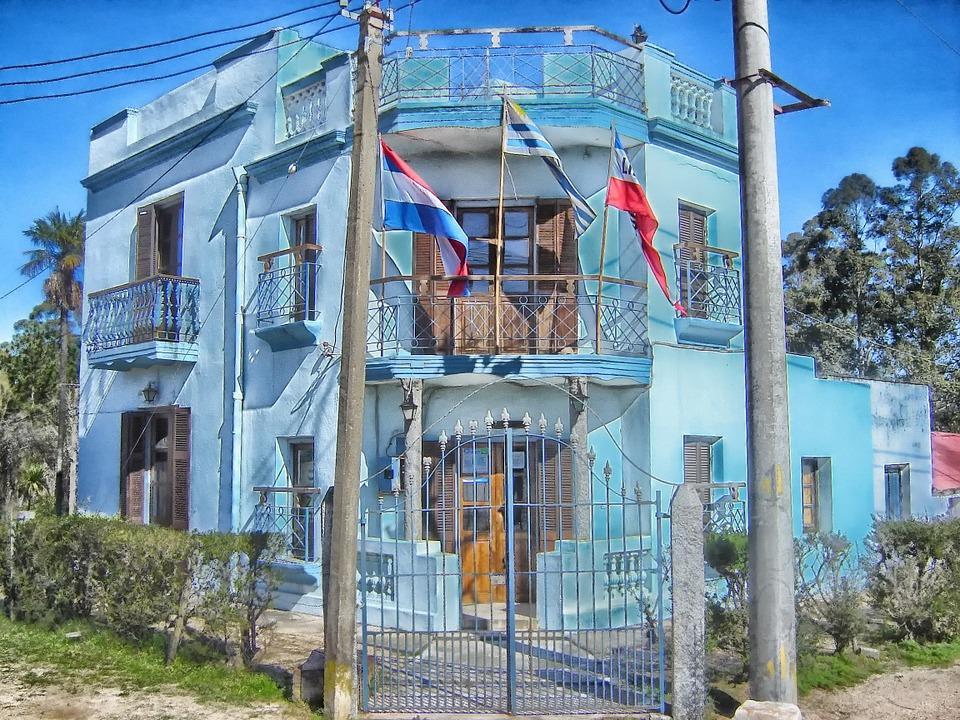
Pixabay
Uruguay
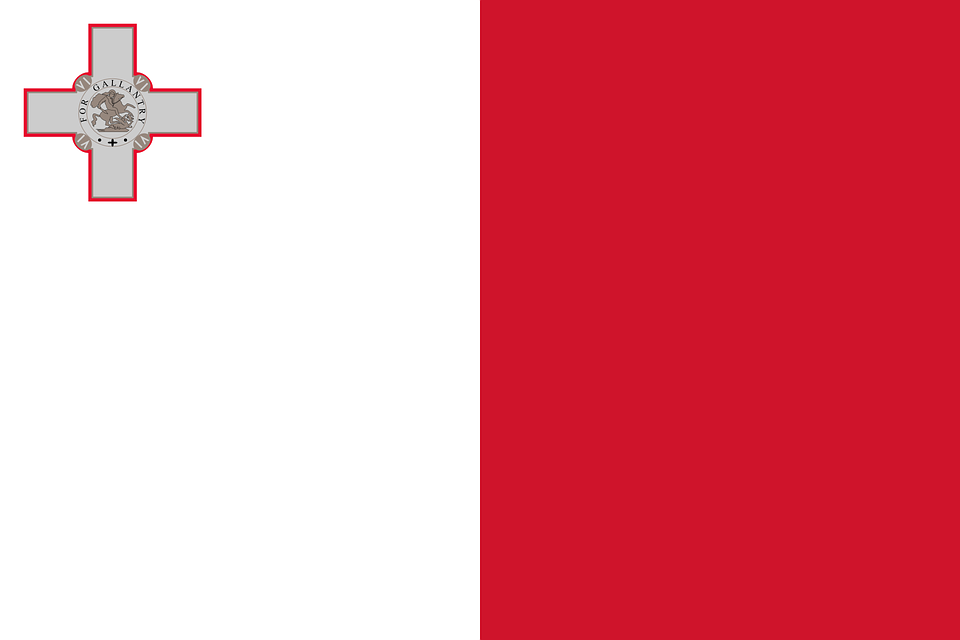
OpenClipart-Vectors // Pixabay
Country #41
The red and white stripes on this country's flag supposedly date back to the 11th century when Roger I, the count of Sicily, created it for the island. The George Cross was added to the upper left corner after the Second World War in 1943.
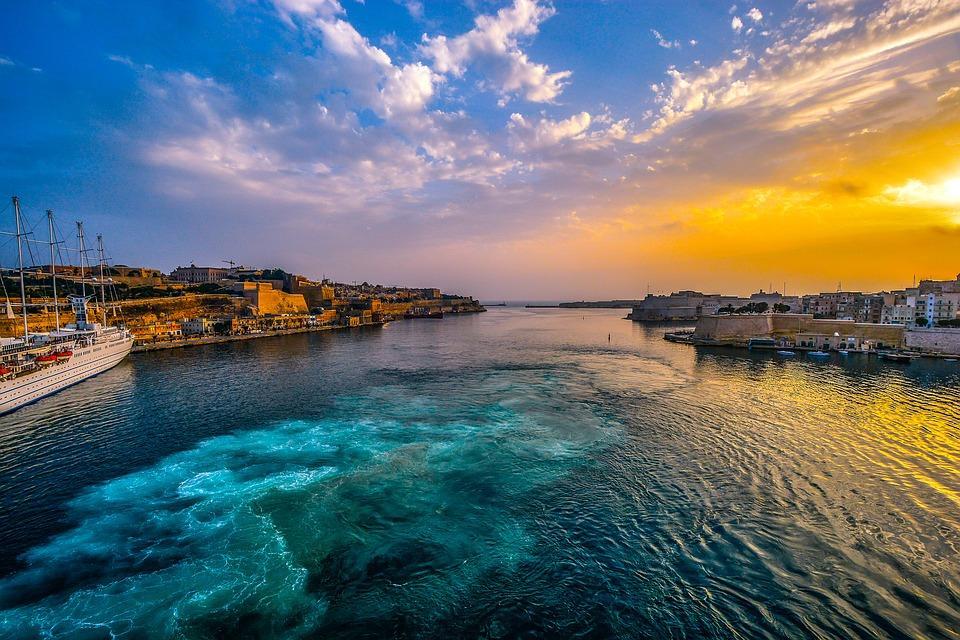
kirkandmimi // Pixabay
Malta
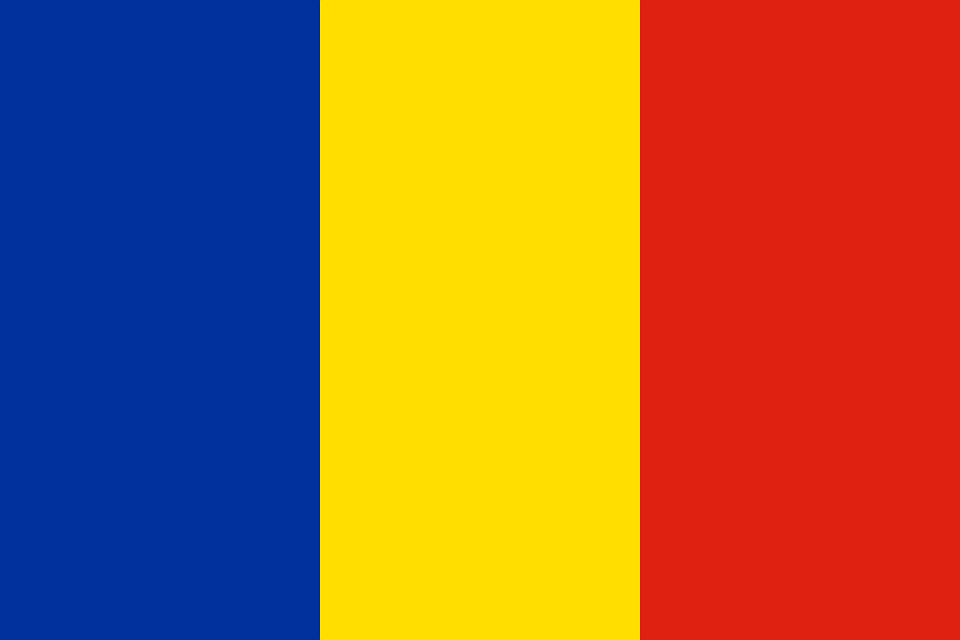
Clker // Pixabay
Country #42
Simple stripes of blue, yellow, and red have adorned this country's flag since 1861. Though the communist party also added their emblem to the flag for a time, revolutionaries literally tore it from the country's flags when they overthrew the communist government.

Jwalters7 // Pixabay
Romania

OpenClipart-Vectors // Pixabay
Country #43
In 1916, King Rama VI redesigned this country's flag to feature the five horizontal stripes of red, white, and blue it still has today. The redesign not only modernized the banner, but also allowed this country to share the same colours as its First World War allies Britain, France, Russia, and the United States.
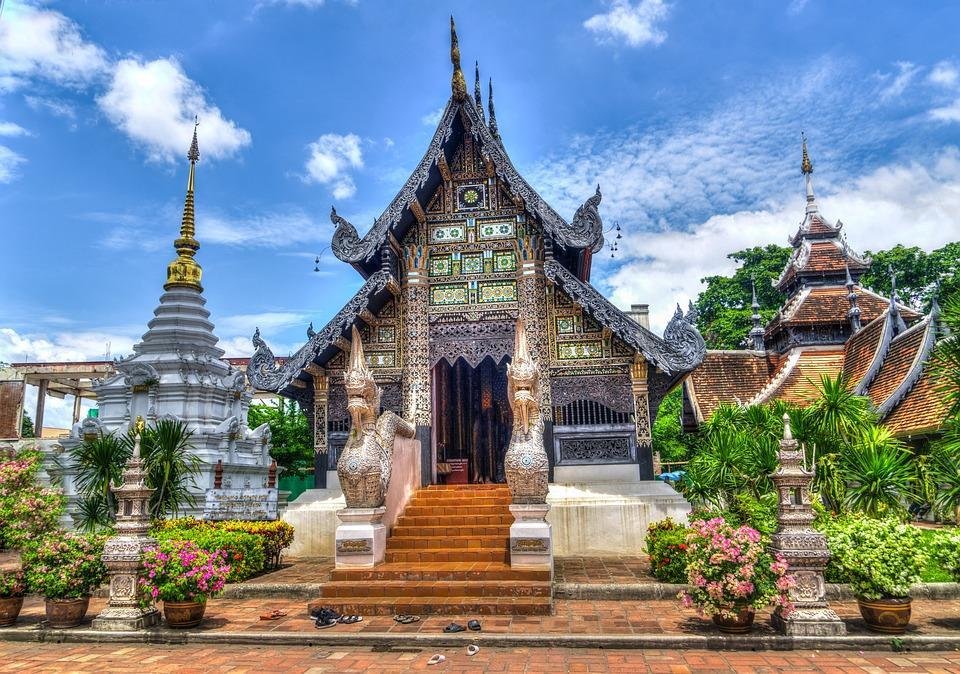
Mariamichelle // Pixabay
Thailand
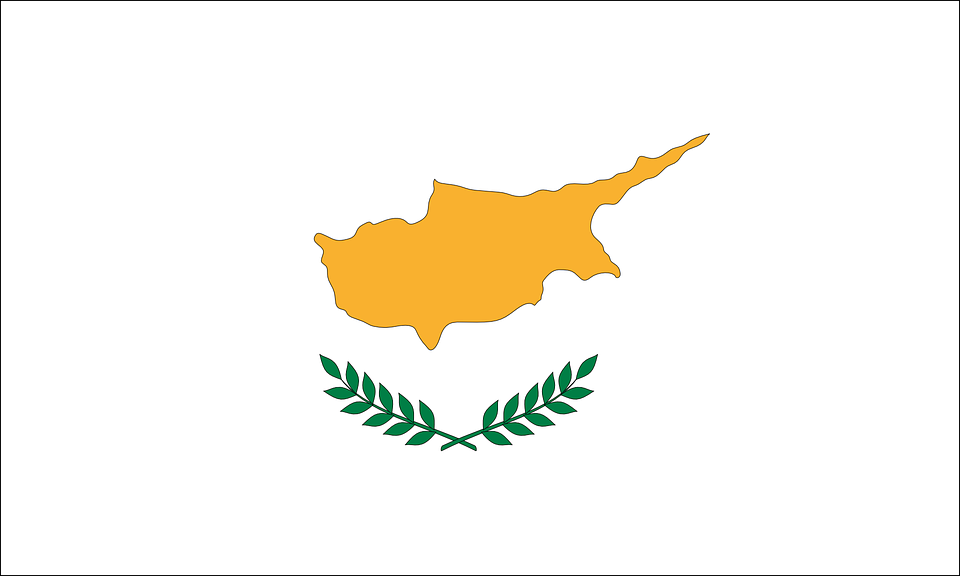
mayns82 // Pixabay
Country #44
If you know your geography, this country's flag will be easy to identify: An orange silhouette of the country's borders decorates a simple white background. The two green olive branches—one of the country's biggest crops—are also a dead giveaway.
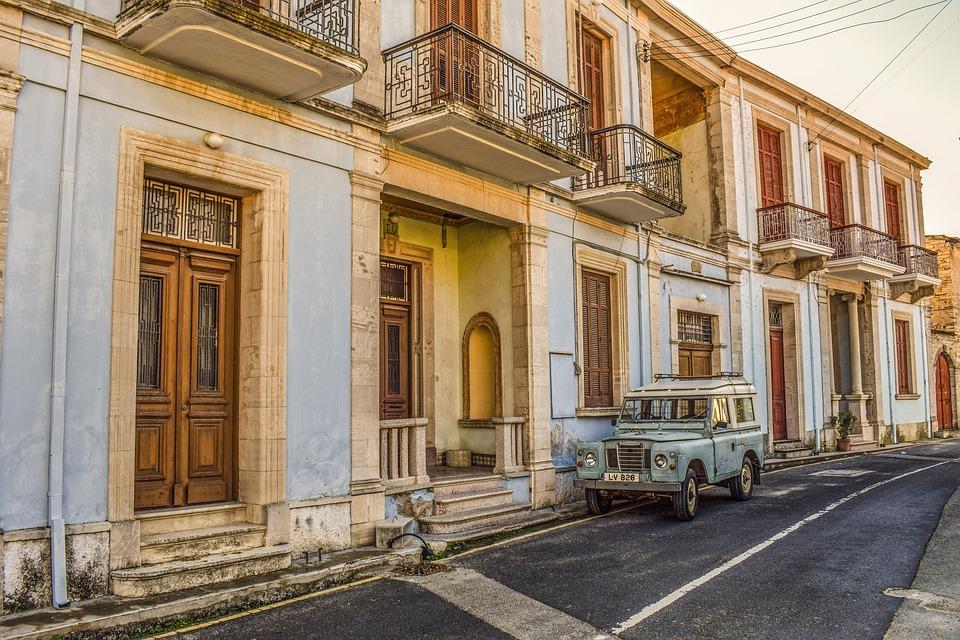
dimitrisvetsikas1969 // Pixabay
Cyprus
Country #45
A detailed coat of arms filled with national symbols sits at the centre of this country's red and white flag.
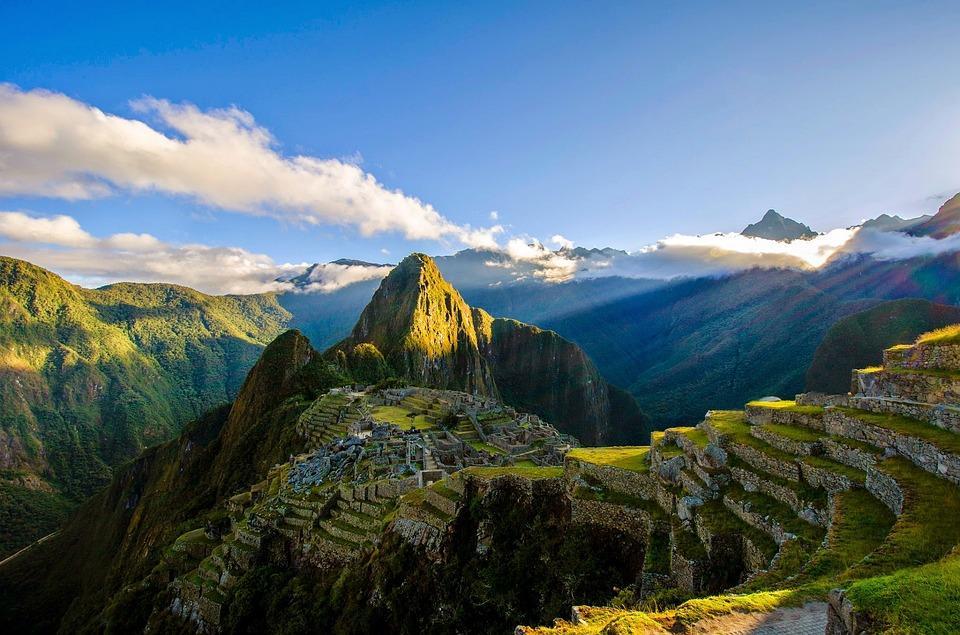
skeeze // Pixabay
Peru
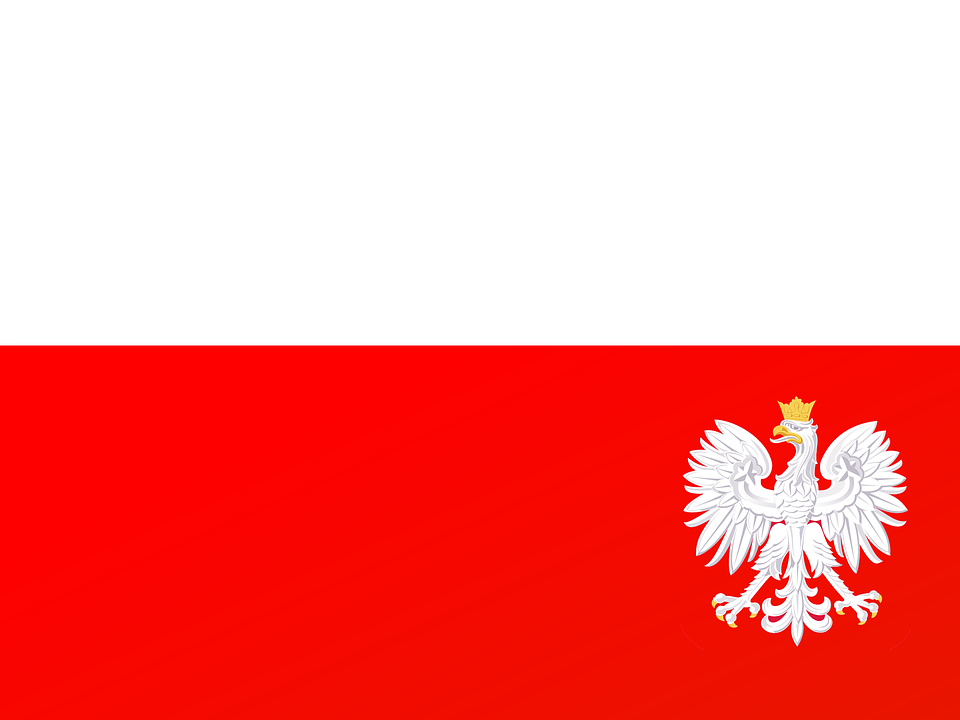
olarts // Pixabay
Country #46
This very simple red and white bicolour flag was adopted in 1919 and even survived years of communist rule. Today, the country sometimes adds its coat of arms to the white section for special purposes.
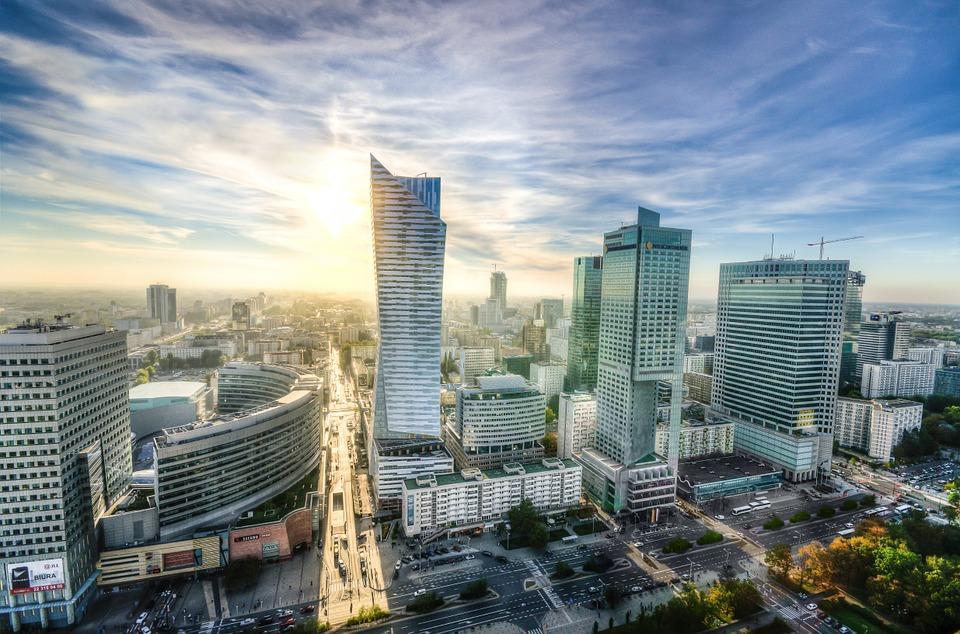
Skitterphoto // Pixabay
Poland
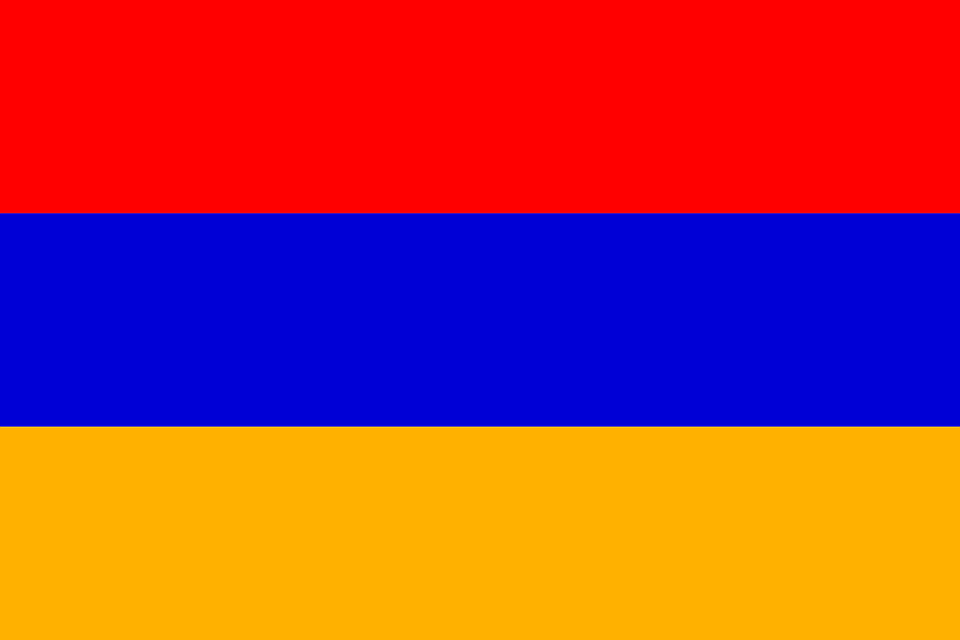
OpenClipart-Vectors // Pixabay
Country #47
After the Russian Revolution, this country instated the red, blue, and orange tricolour flag in 1918. Experts say the red represents blood shed by citizens, blue stands for the country's land, and orange symbolizes courage and hard work.
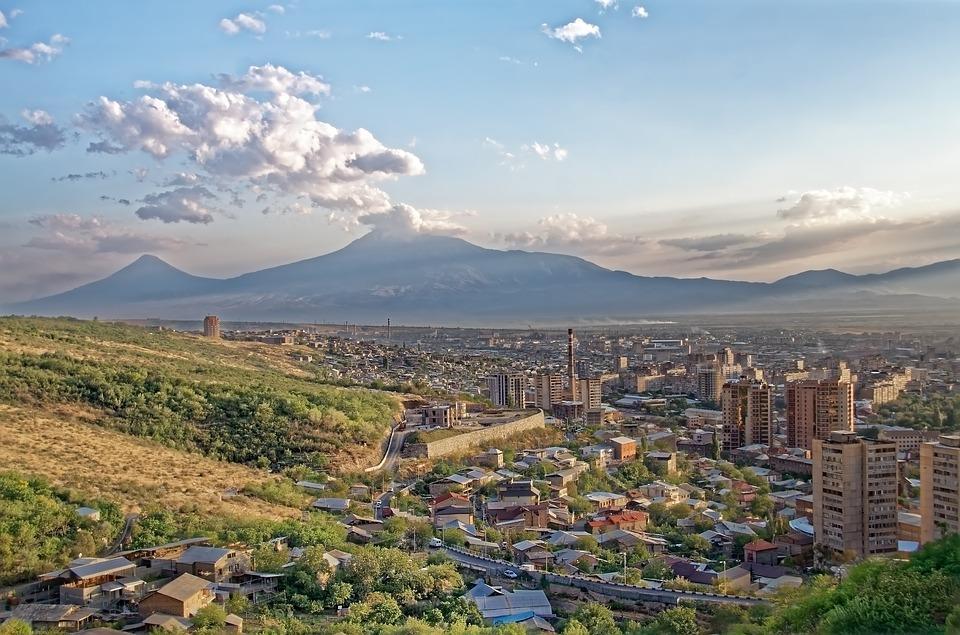
Pixabay
Armenia
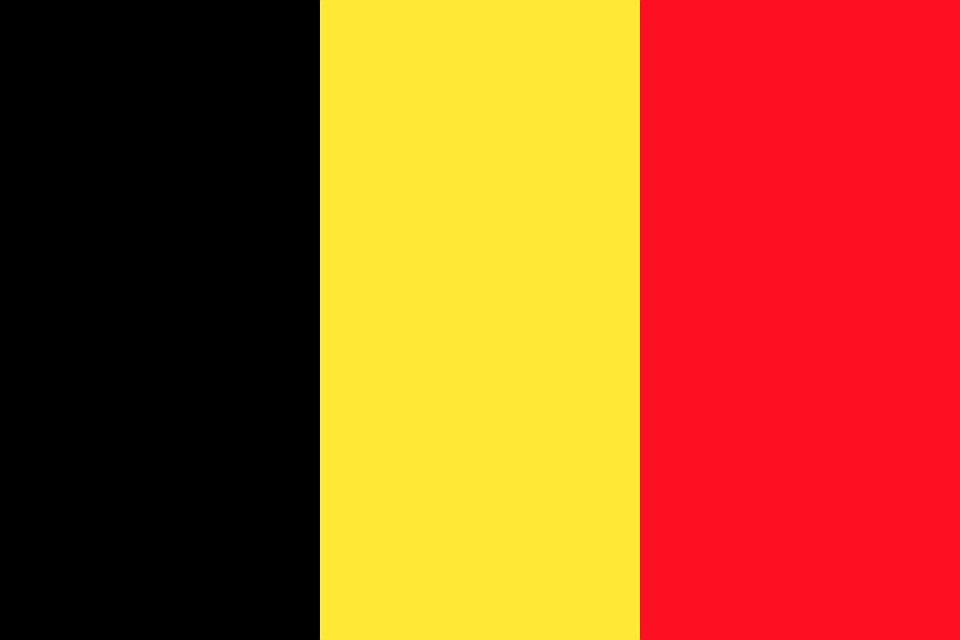
OpenClipart-Vectors // Pixabay
Country #48
This country's flag was undoubtedly influenced by the flag of its southern neighbour, France. The choice of black, yellow, and red stripes dates back to the 12th-century seal of Count Philip of Flanders.
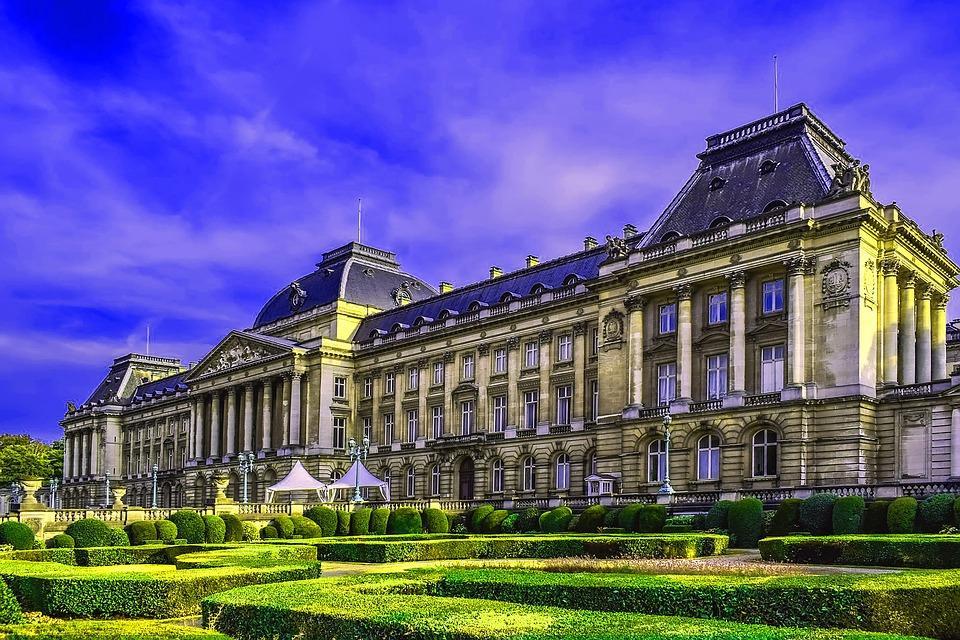
Kreutzfelder // Pixabay
Belgium
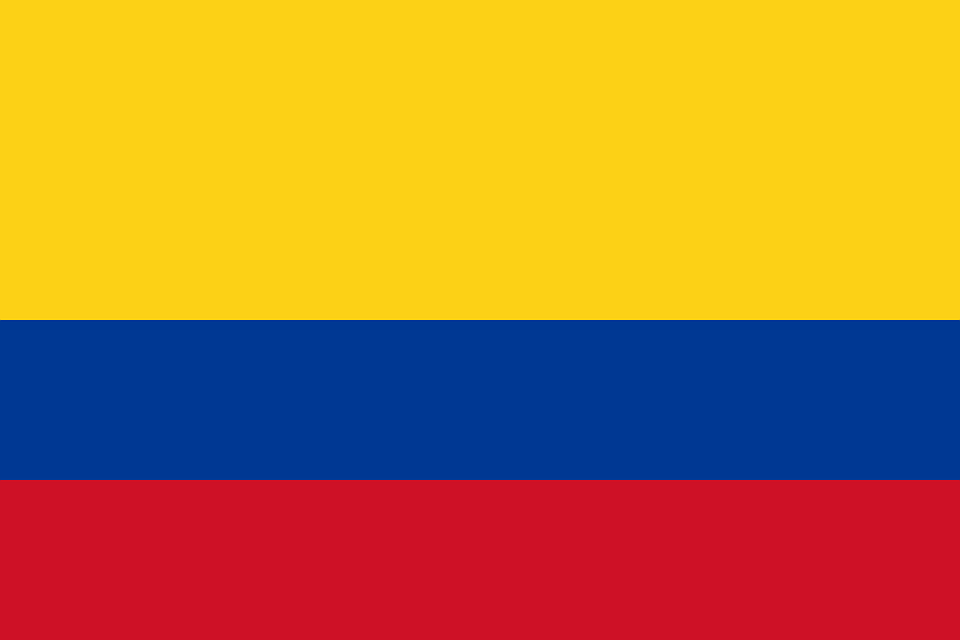
Clker // Pixabay
Country #49
This flag was officially adopted by this South American country in 1861, but Simón Bolívar actually also fought under a tricolour flag of yellow, blue, and red stripes decades before. The state's only official change to the flag was doubling the width of the yellow stripe.
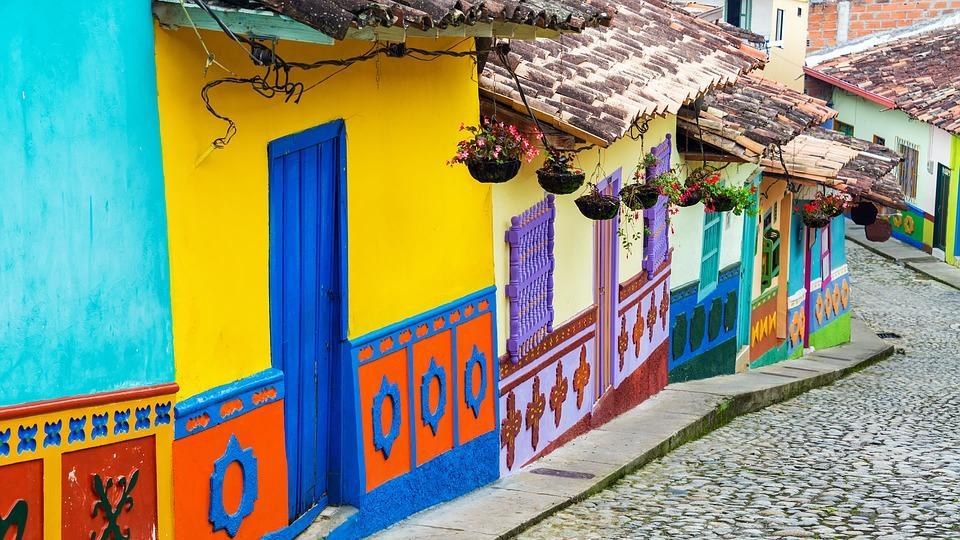
gustavo9917 // Pixabay
Colombia

Clker // Pixabay
Country #50
The colours and star motifs of this country's flag give a nod to the United States. Officially, they are said to symbolize peace between the two major political parties: red for liberals and blue for conservatives.
